Vicino
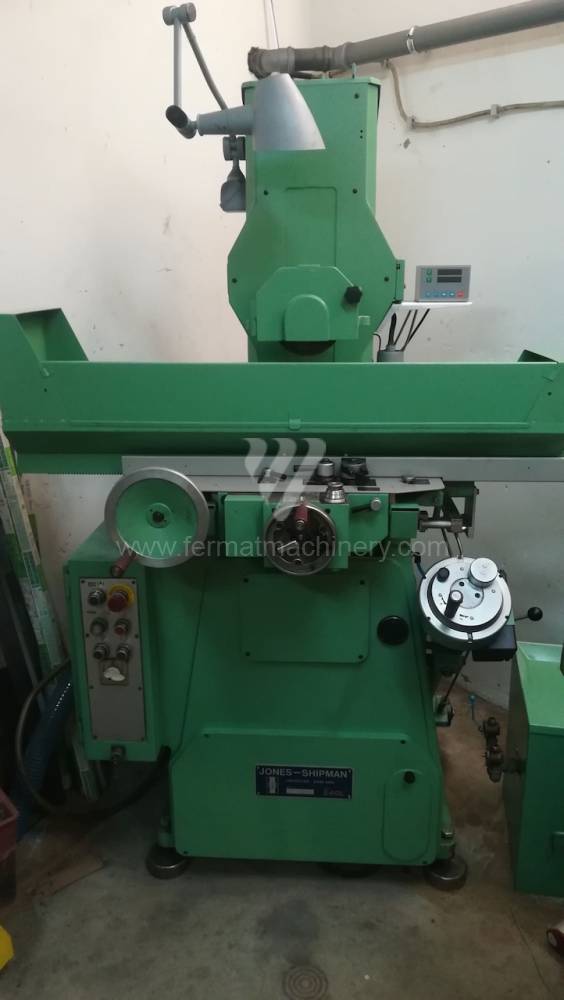
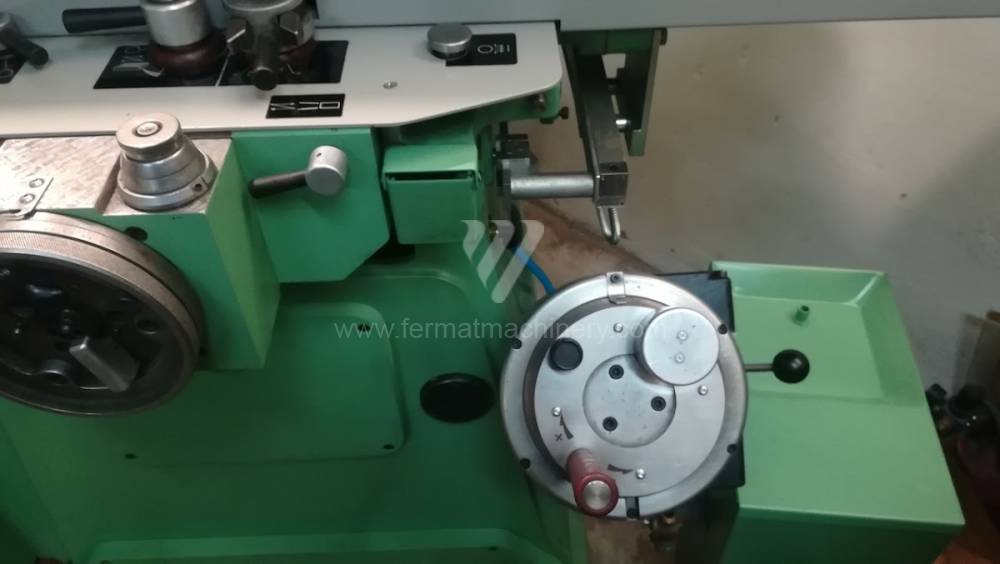
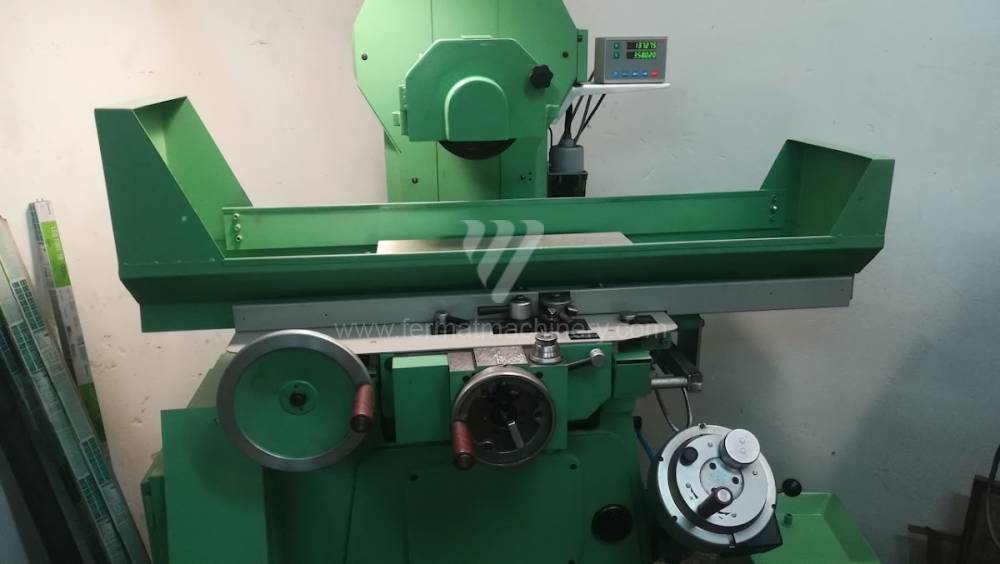
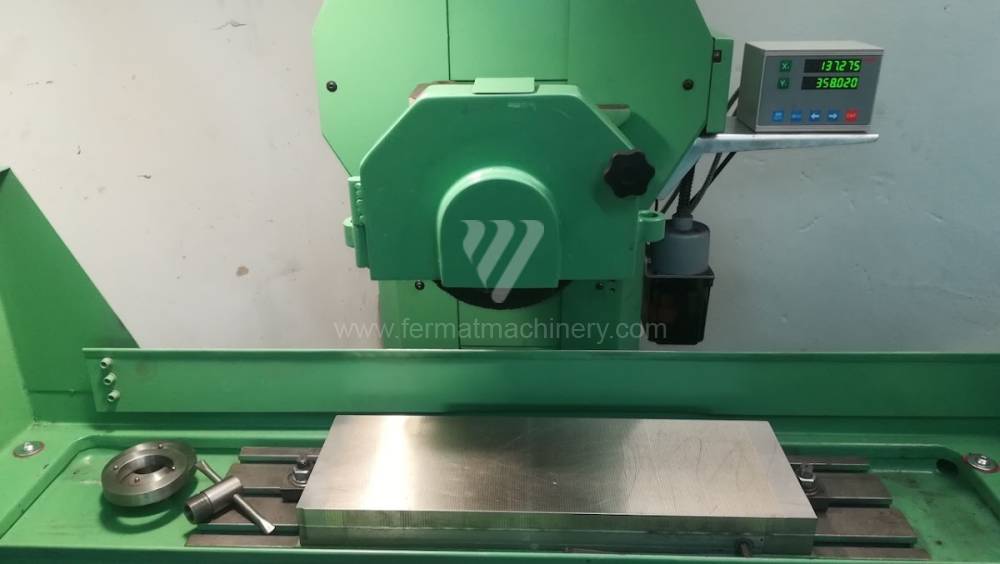
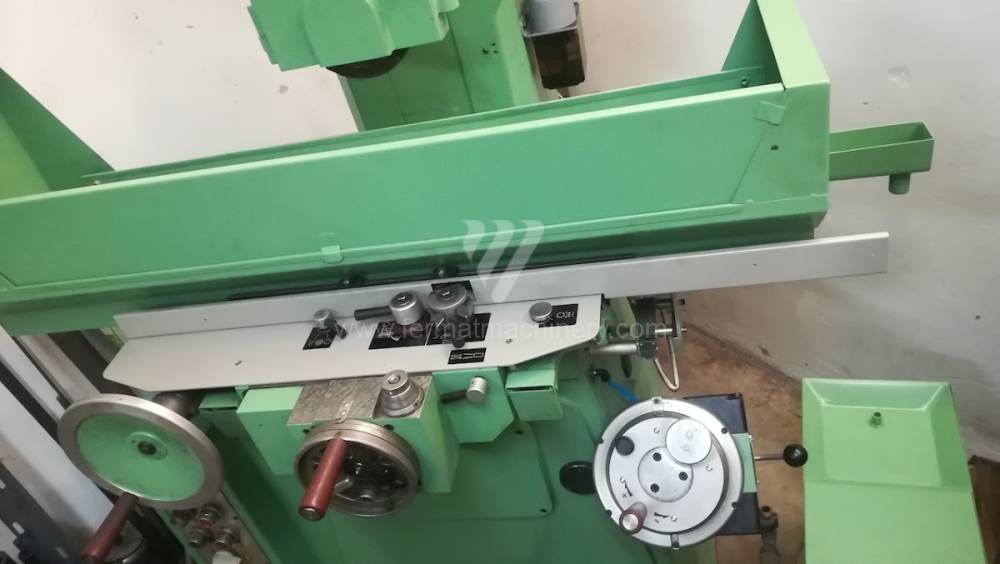


Lungh. max. della rettifica: 480 mm
Largh. max. della rettifica: 170 mm
Altezza max. del pezzo lavorato: mm
Alloggiamento mandrino mola: Horizontální
Dimensioni del banco : 450x150 mm
Potenza del motore elettrico principale: 1,5 kW
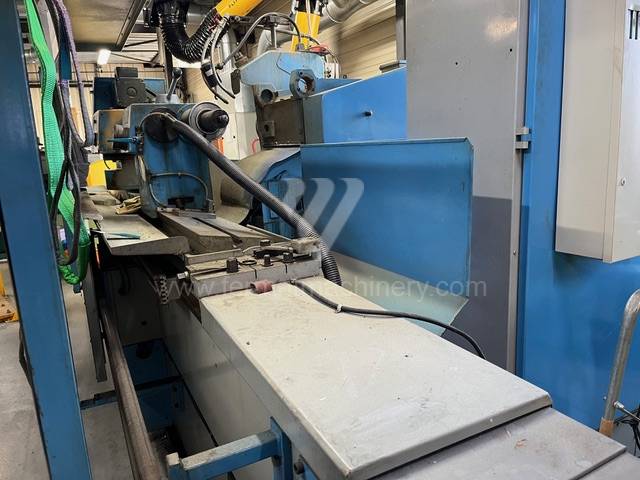
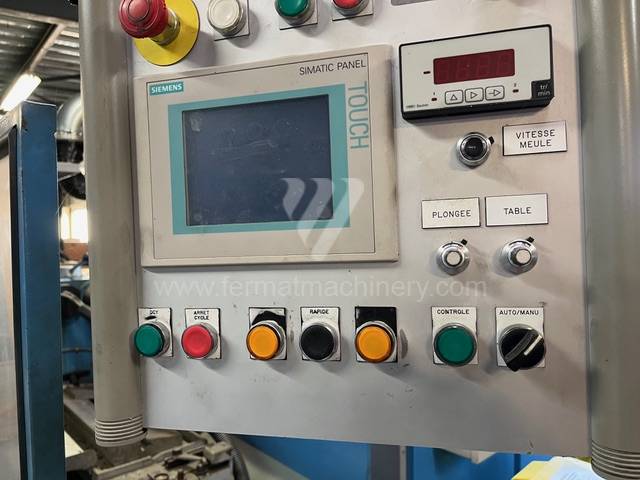
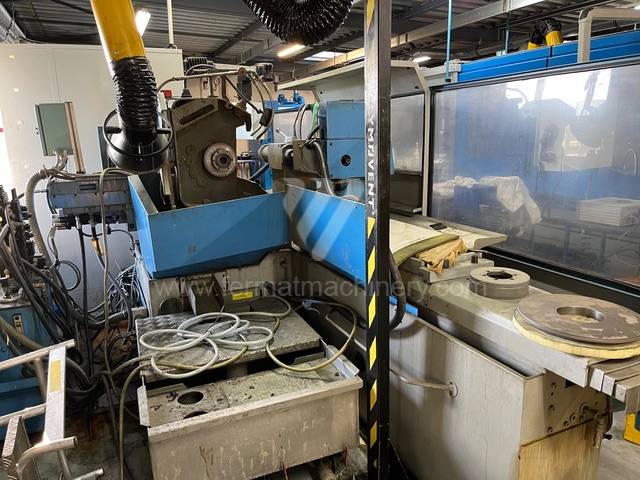
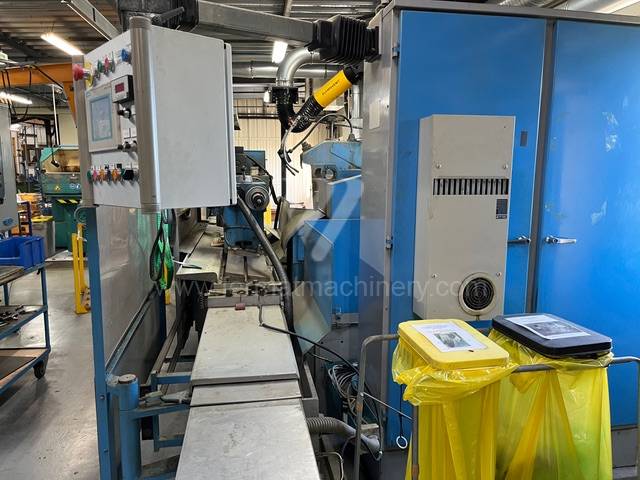
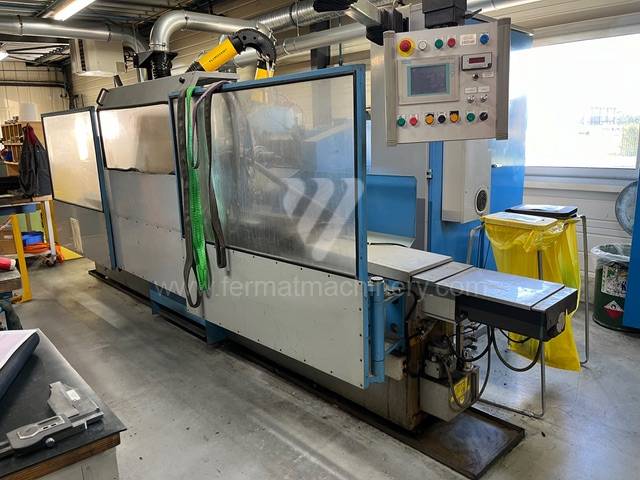
: Simatic S 5
Diametro massimo di rettifica: 500 mm
Lungh. max. della rettifica: 1000 mm
Peso max. del pezzo lavorato: 500 kg
: Sì
Potenza del motore elettrico principale: 11 kW
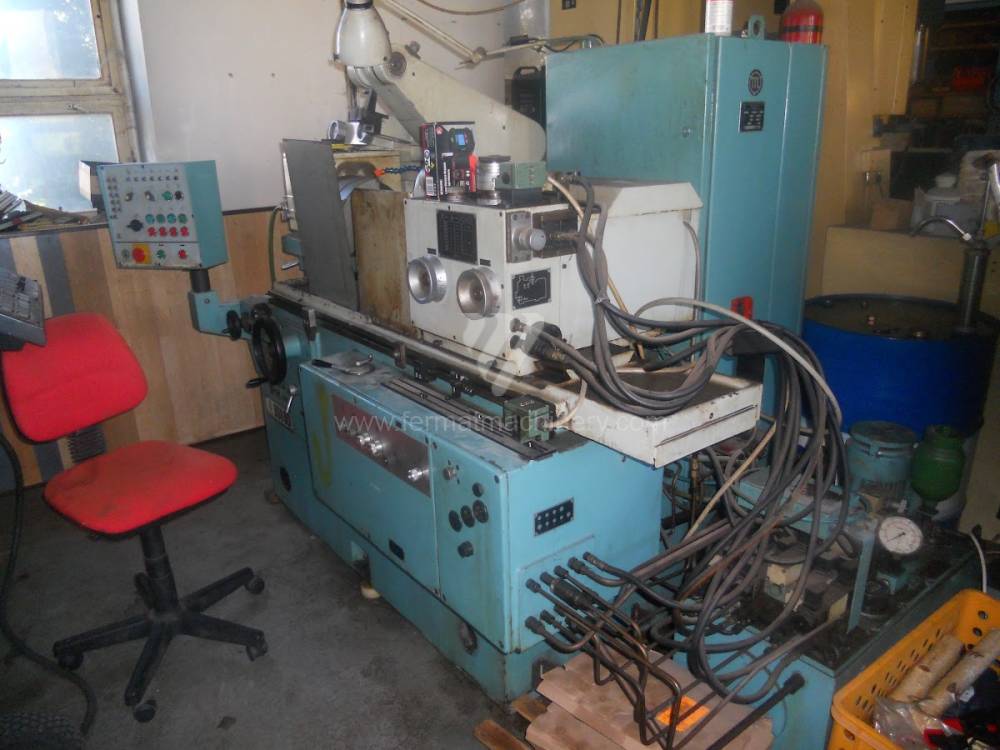
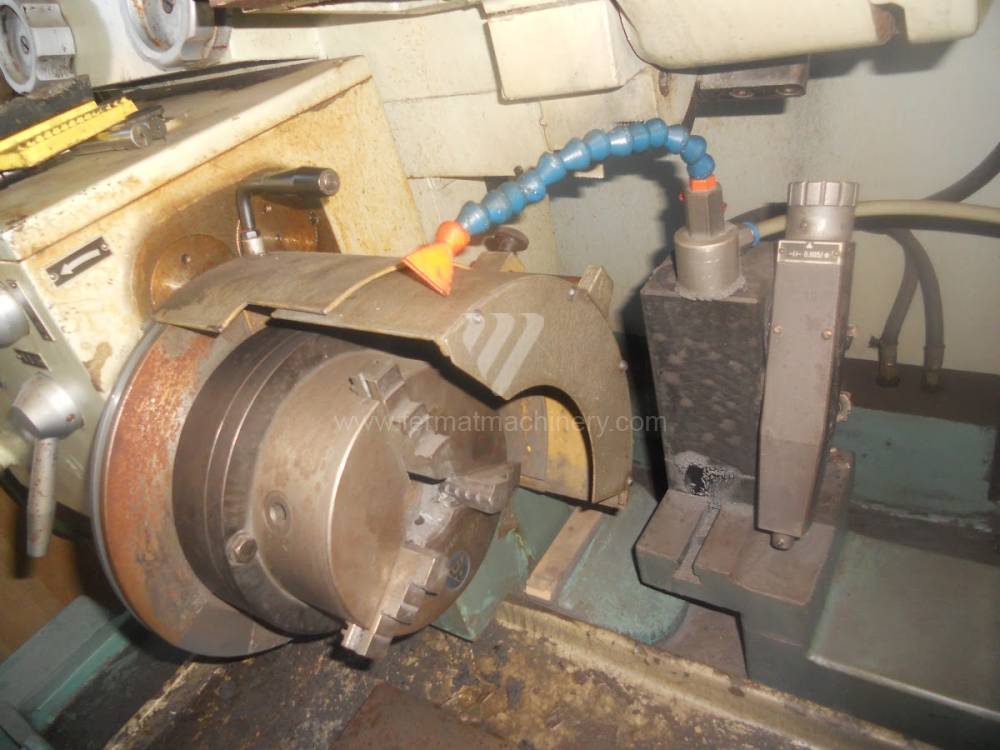
Anno di fabbricazione:1990
Diametro max. del pezzo lavorato: 220 mm
Diametro max. del foro a rettificare: 120 mm
Max. profondità di rettifica: mm
: 2600
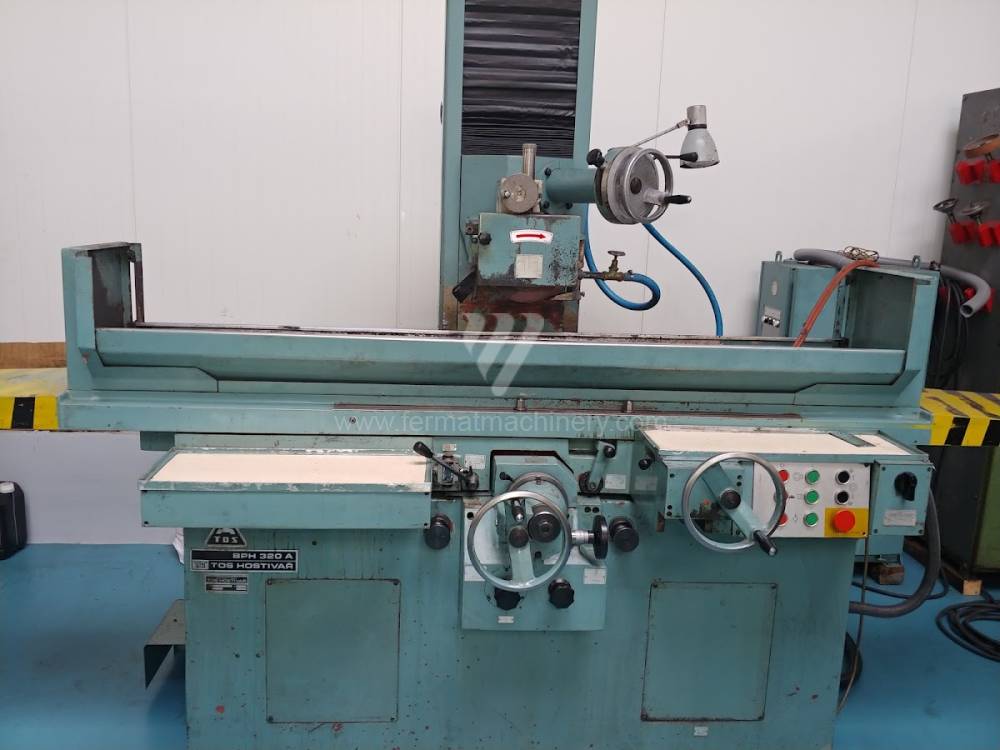
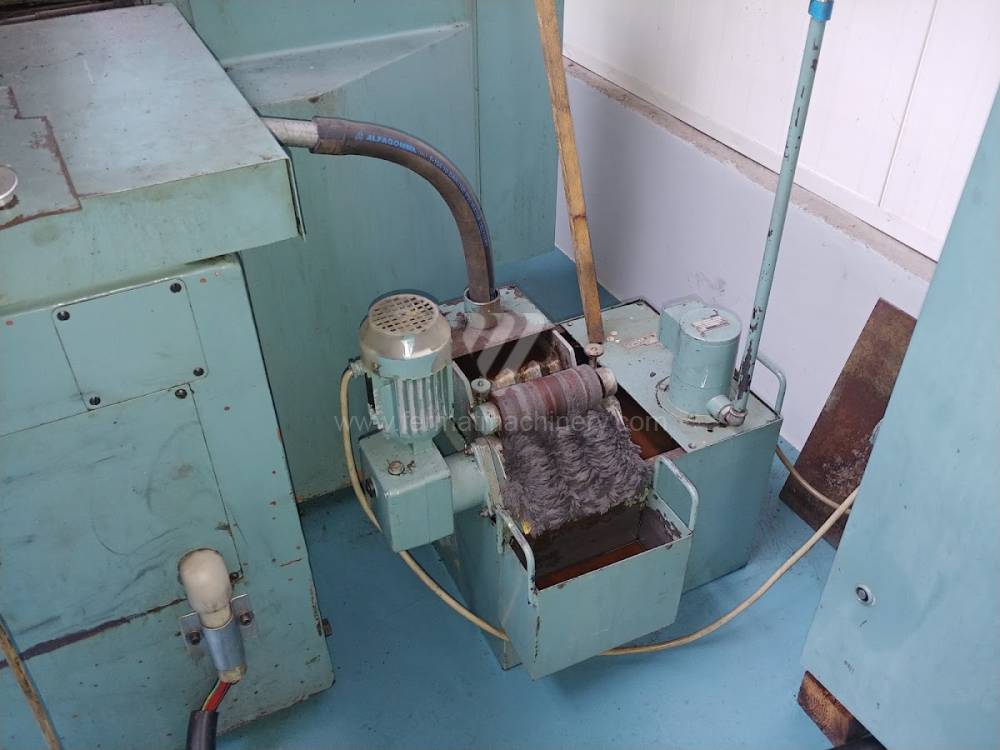

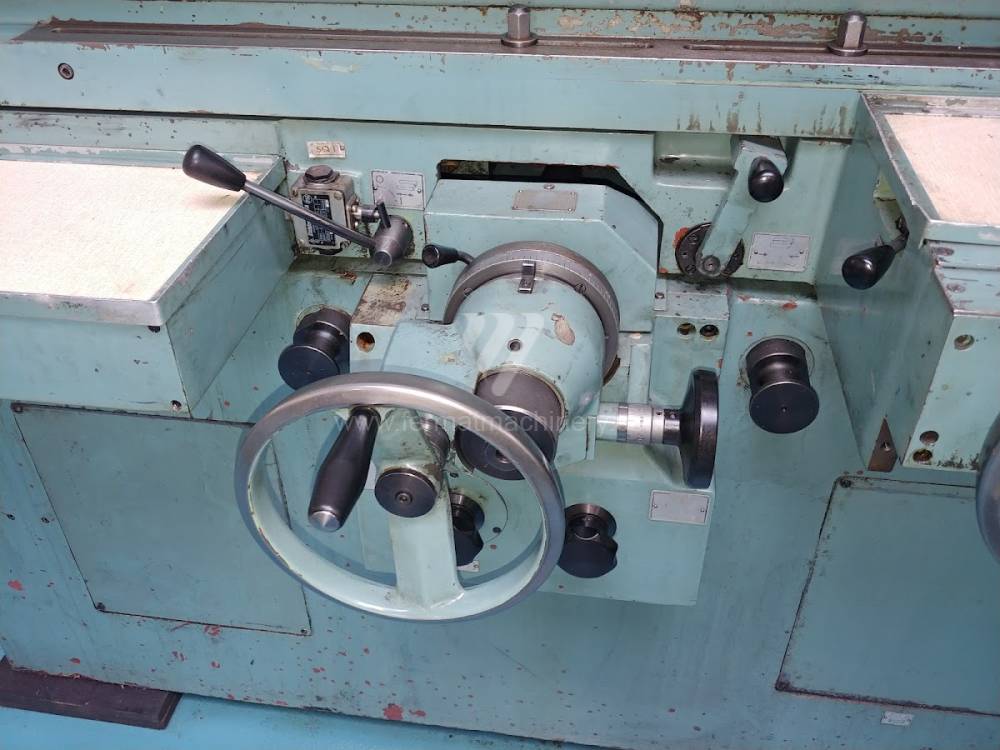
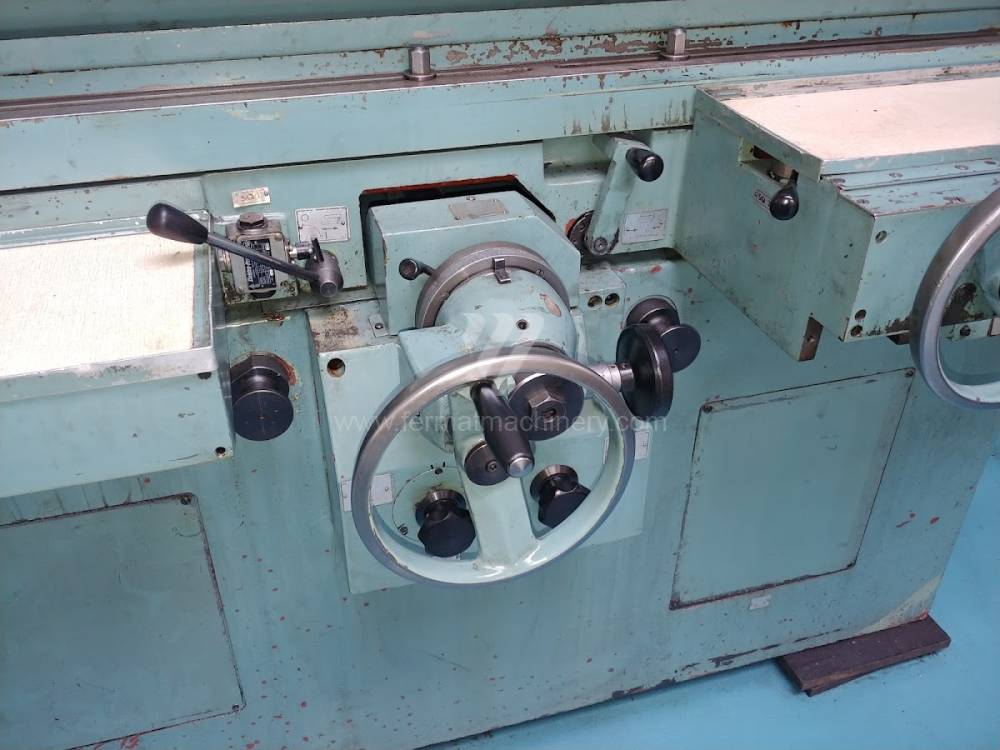
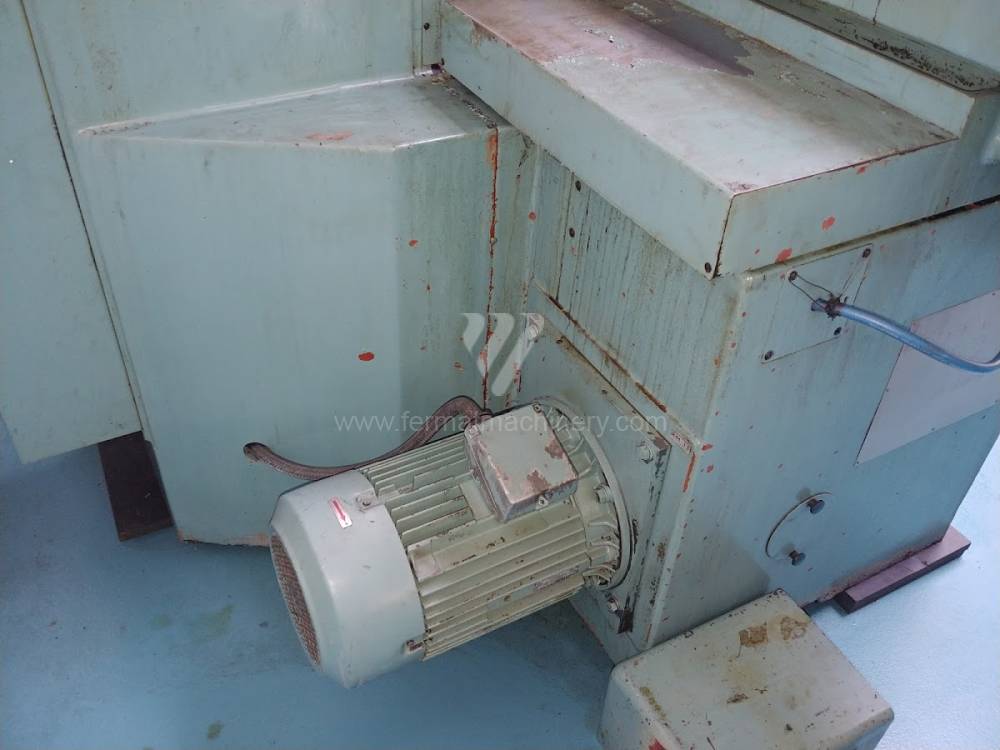

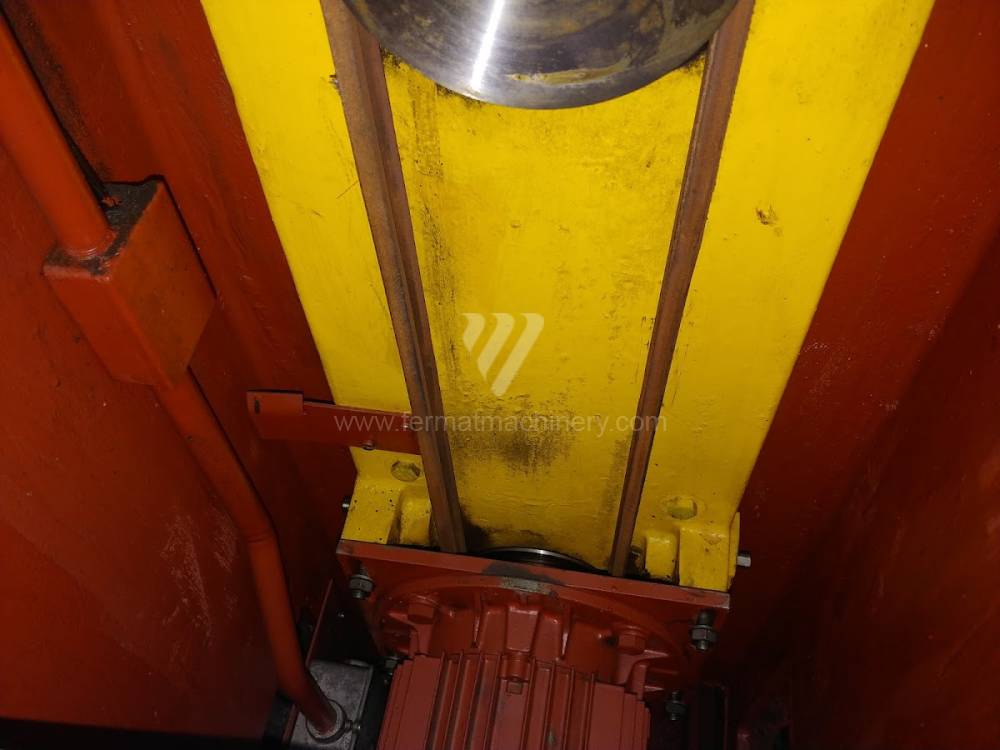
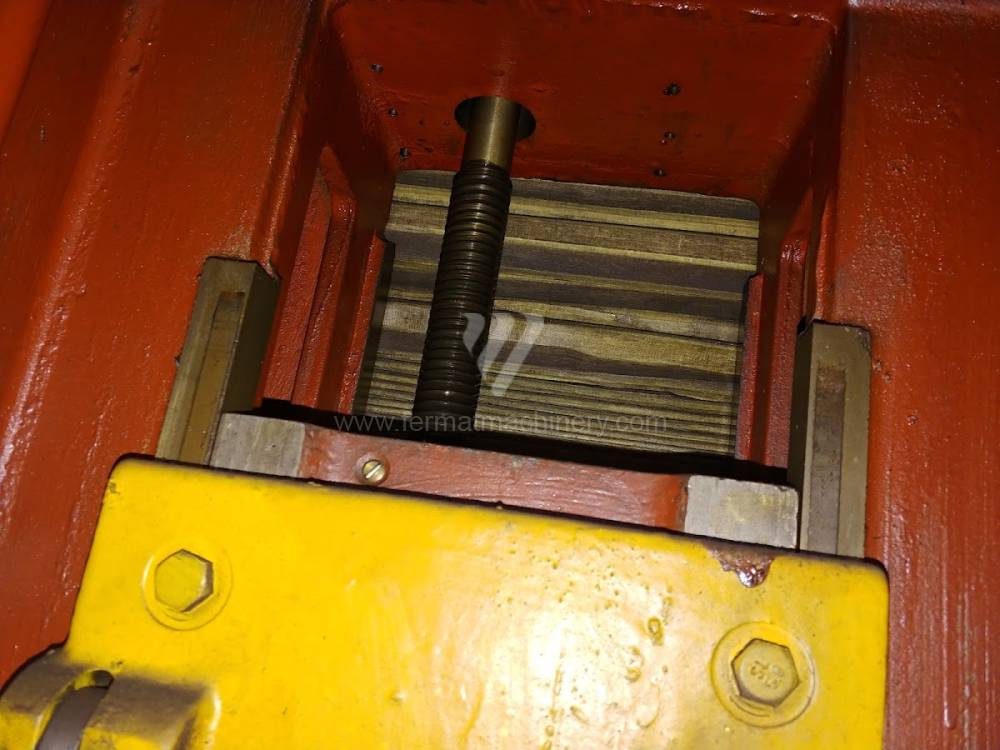

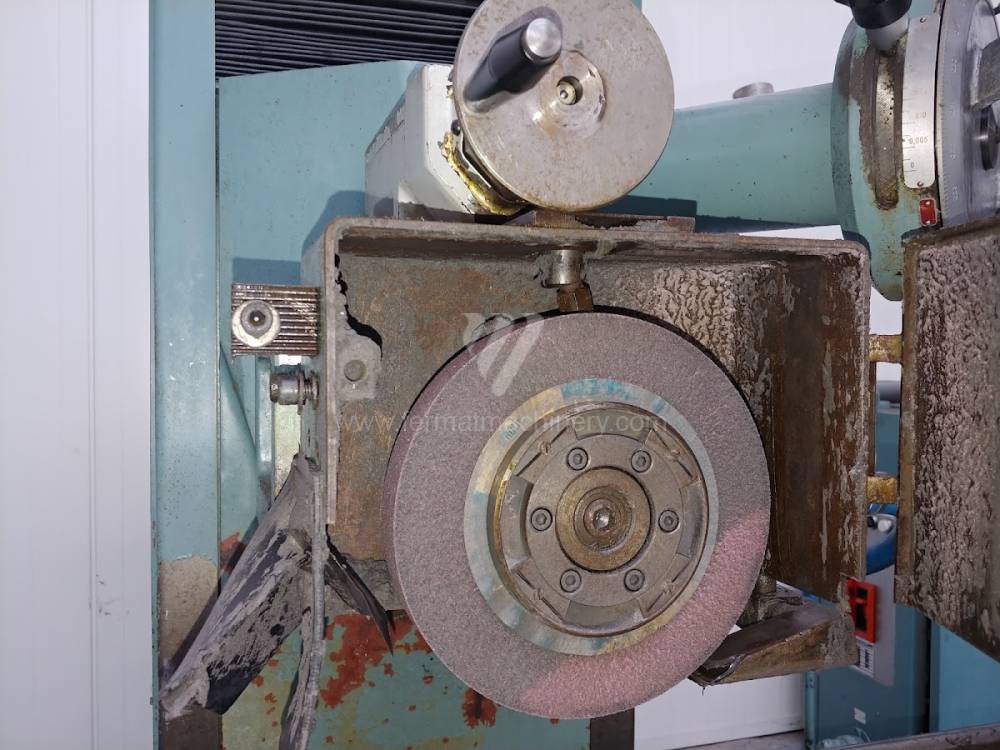

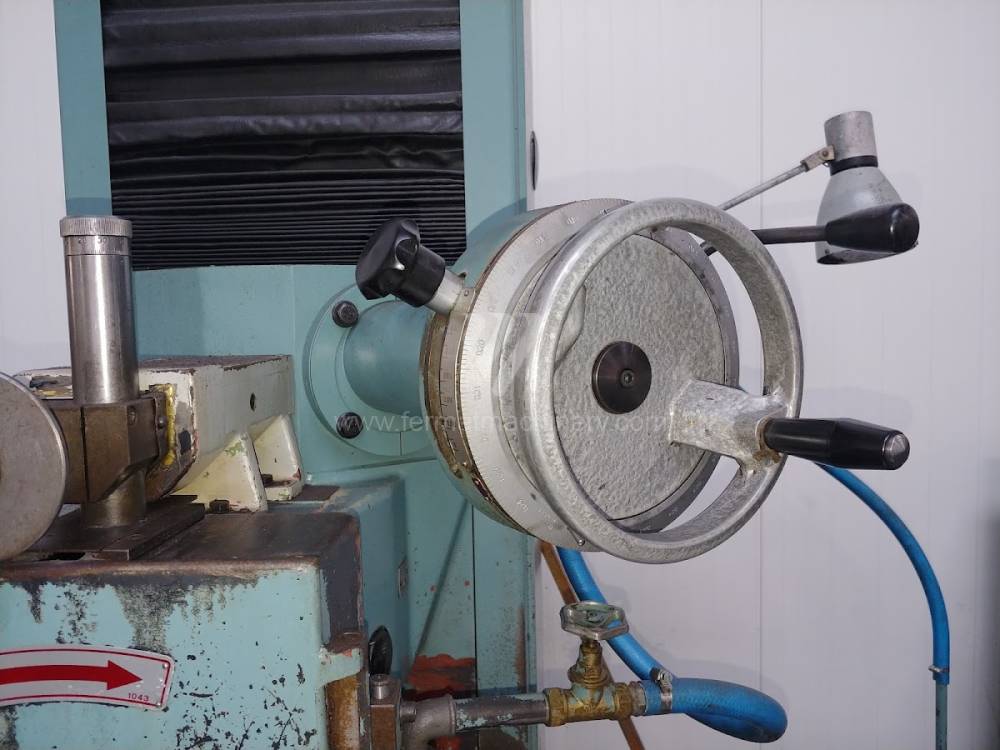
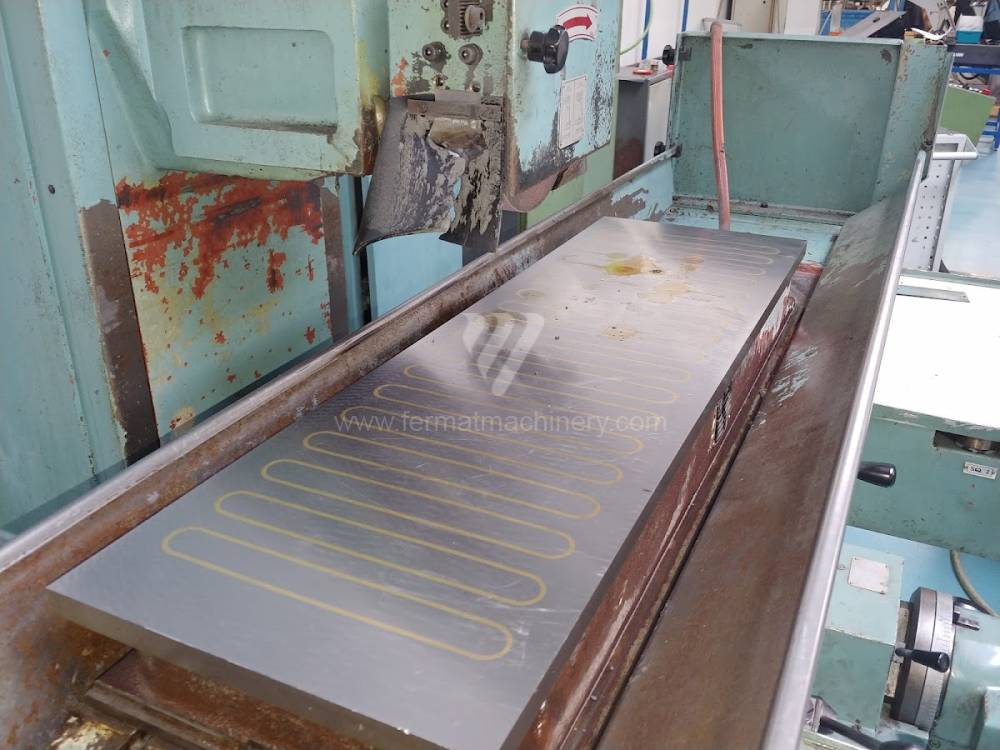
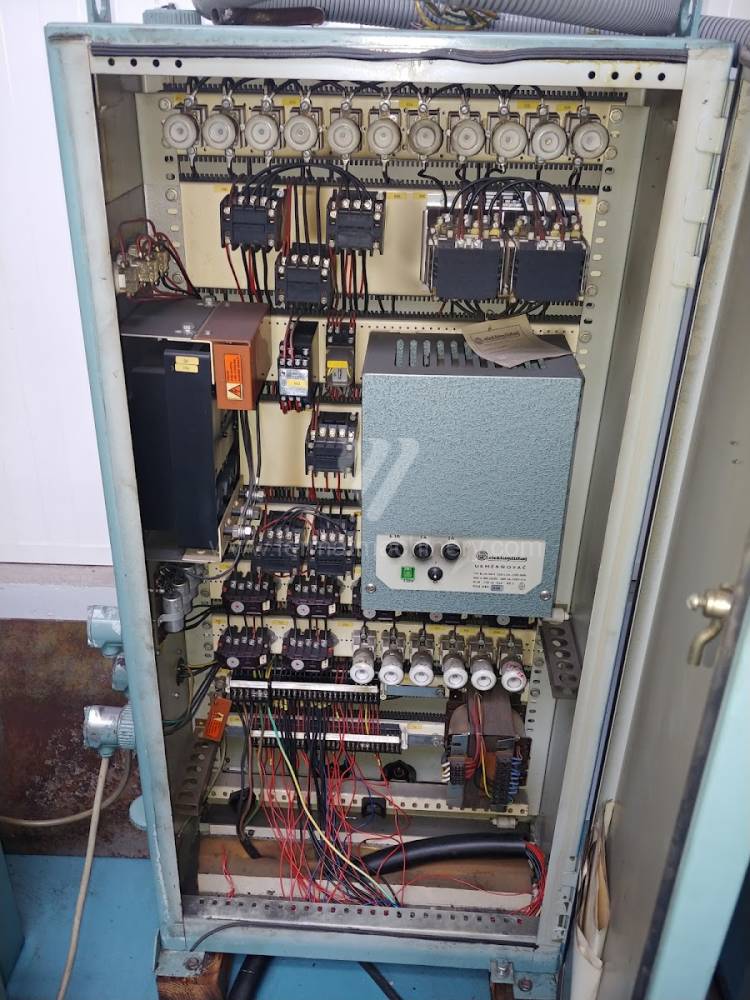
Anno di fabbricazione:1989
Lungh. max. della rettifica: 1000 mm
Largh. max. della rettifica: 320 mm
Altezza max. del pezzo lavorato: 350 mm
Alloggiamento mandrino mola: Horizontální
Potenza del motore elettrico principale: 4 kW
Potenza totale: 6,8 kVA
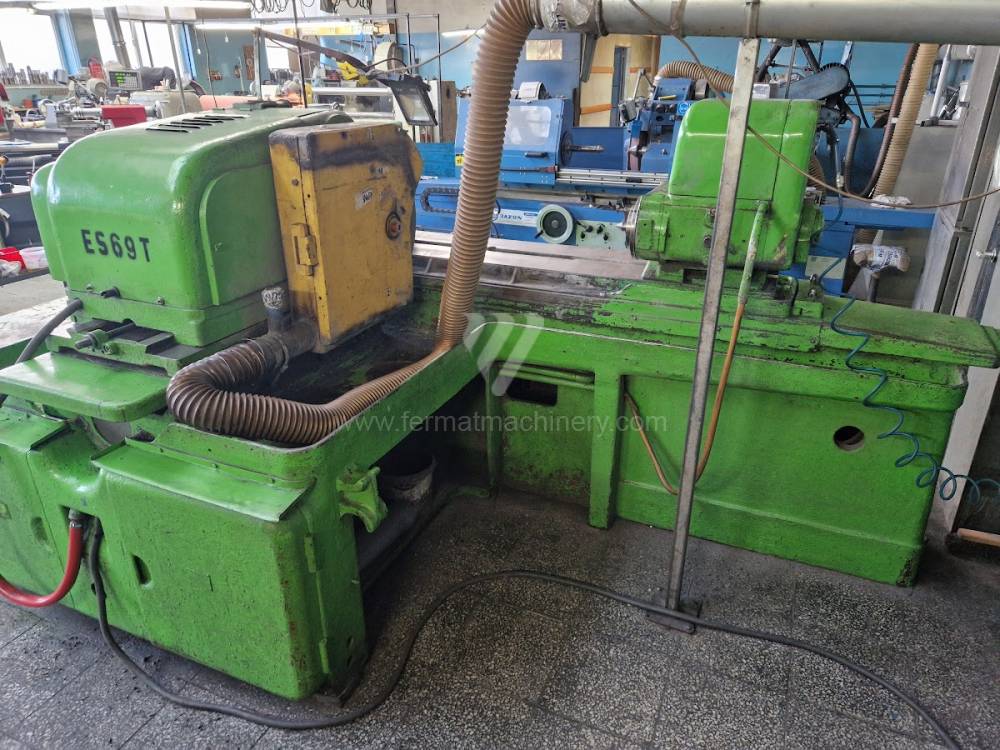
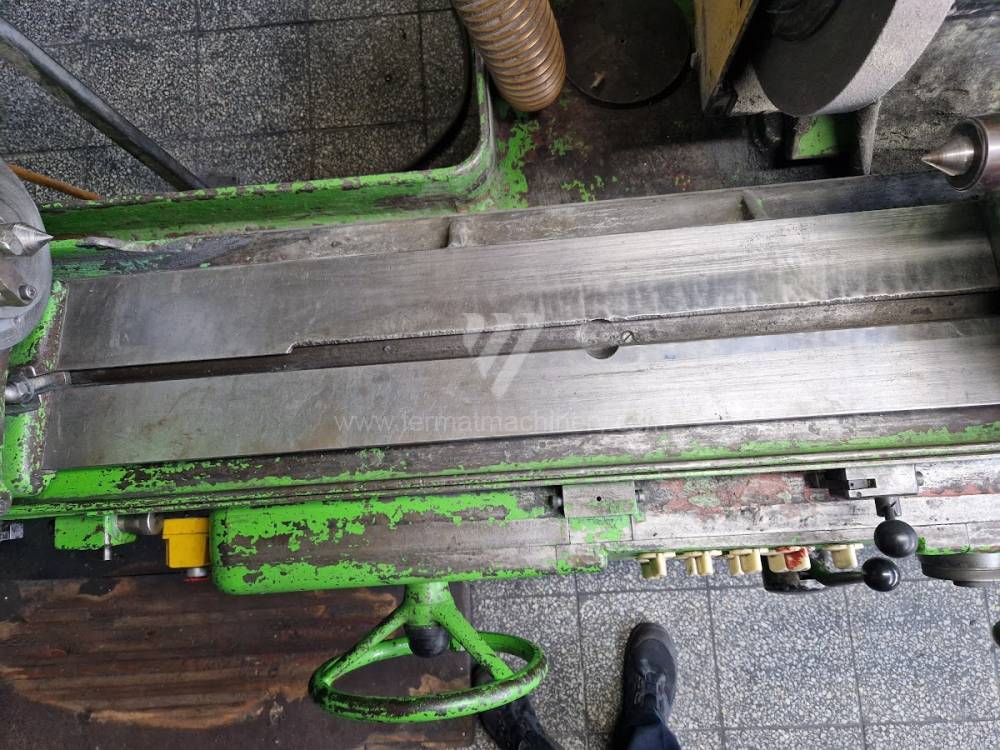
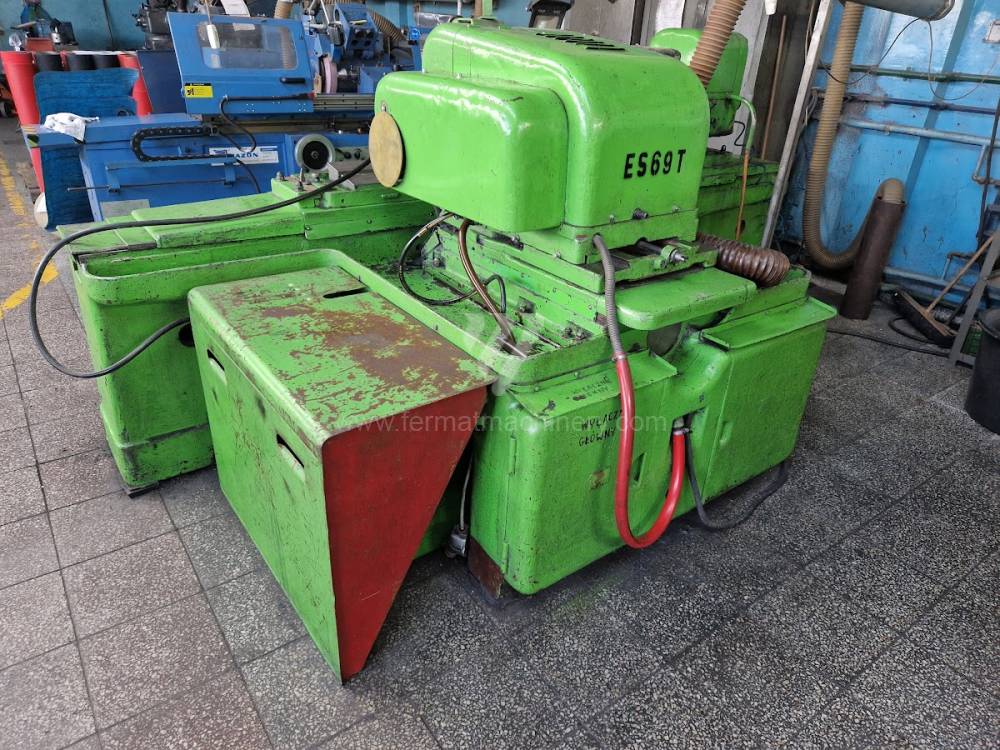

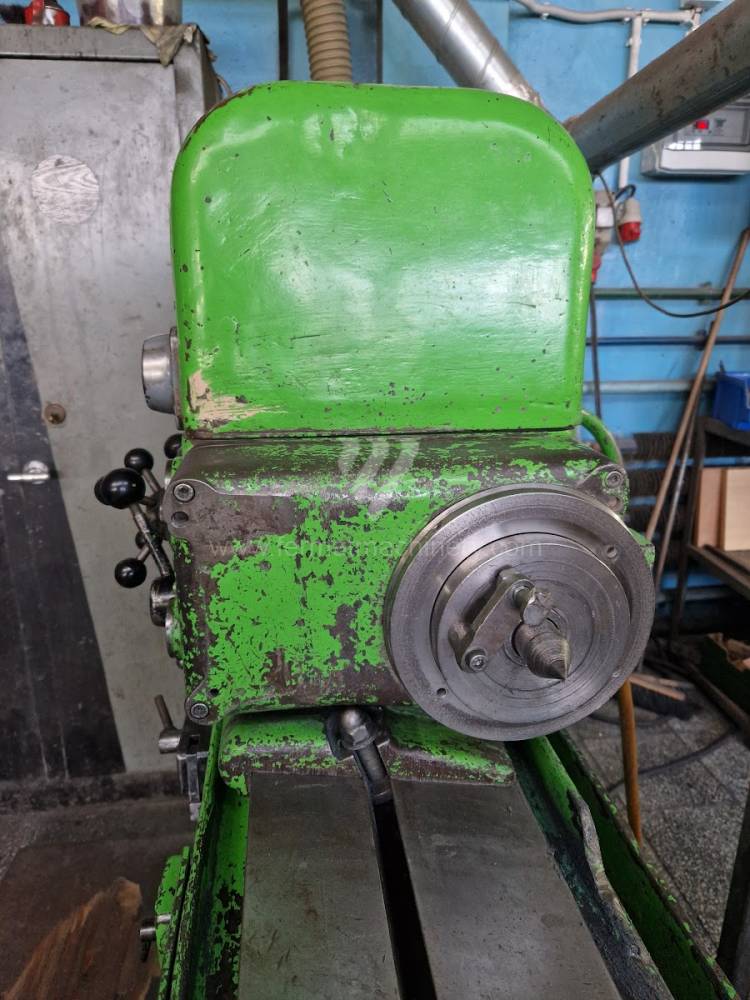
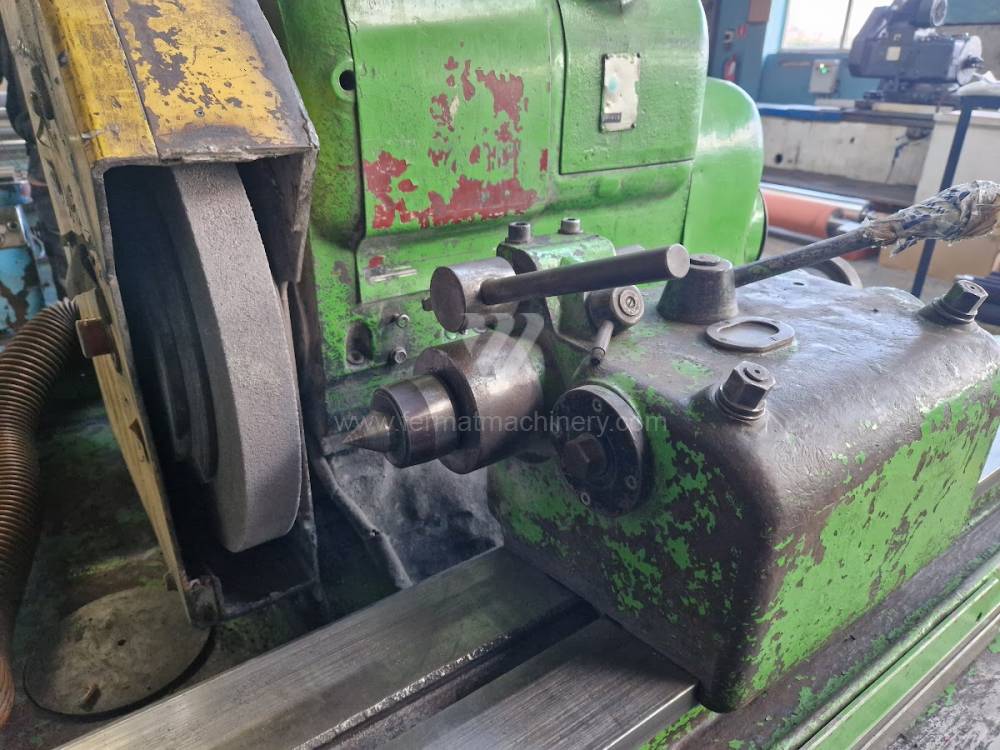
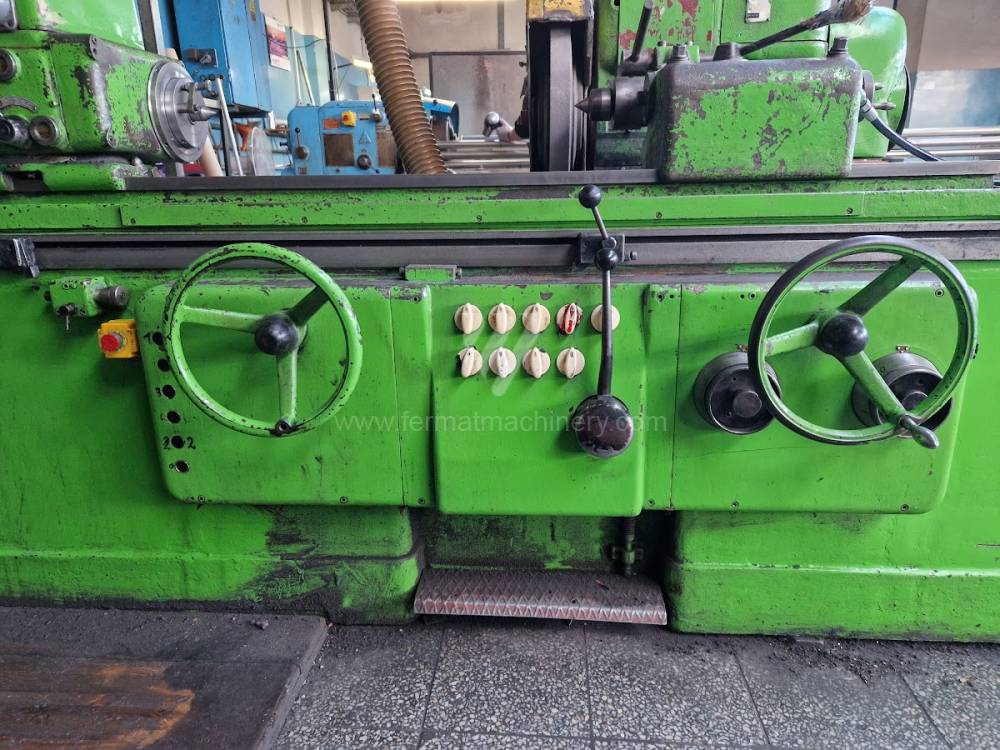

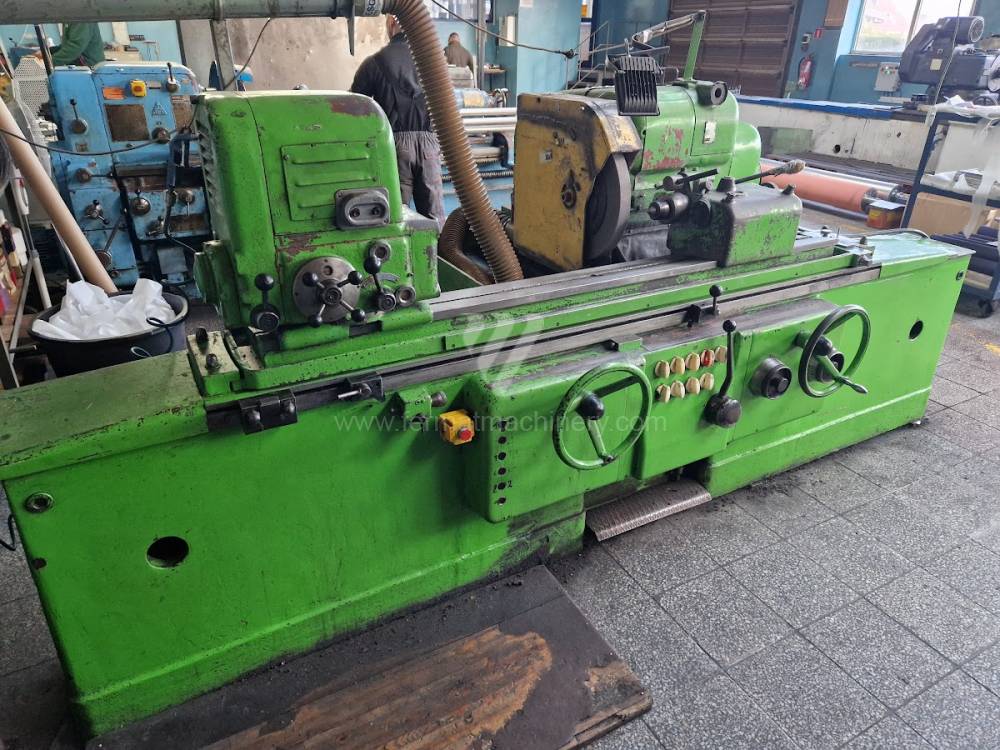
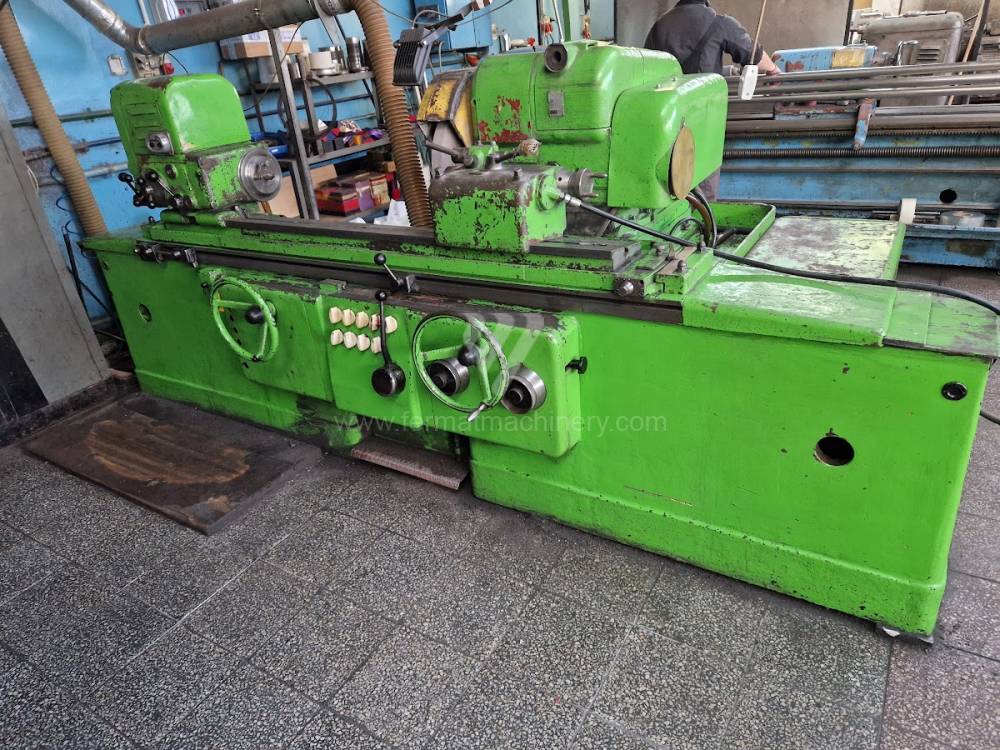
Anno di fabbricazione:1995
Diametro massimo di rettifica: 320 mm
Lungh. max. della rettifica: 1000 mm
Peso max. del pezzo lavorato: 300 kg
: No
Dimensioni lungh. x largh. x alt.: 1890x2320x1720 mm
: 5100
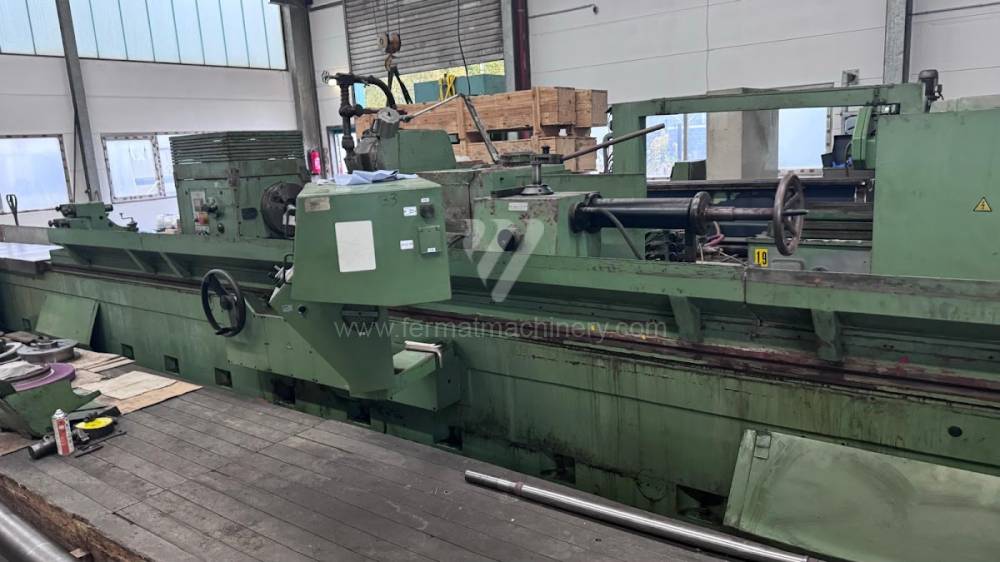
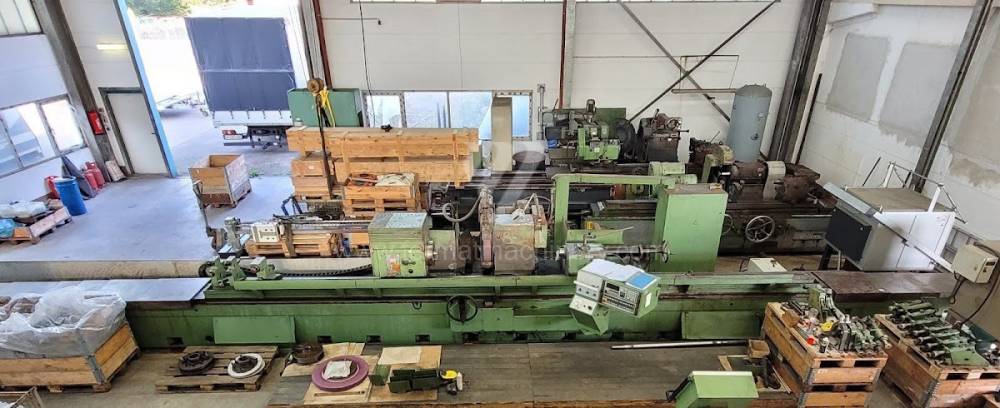
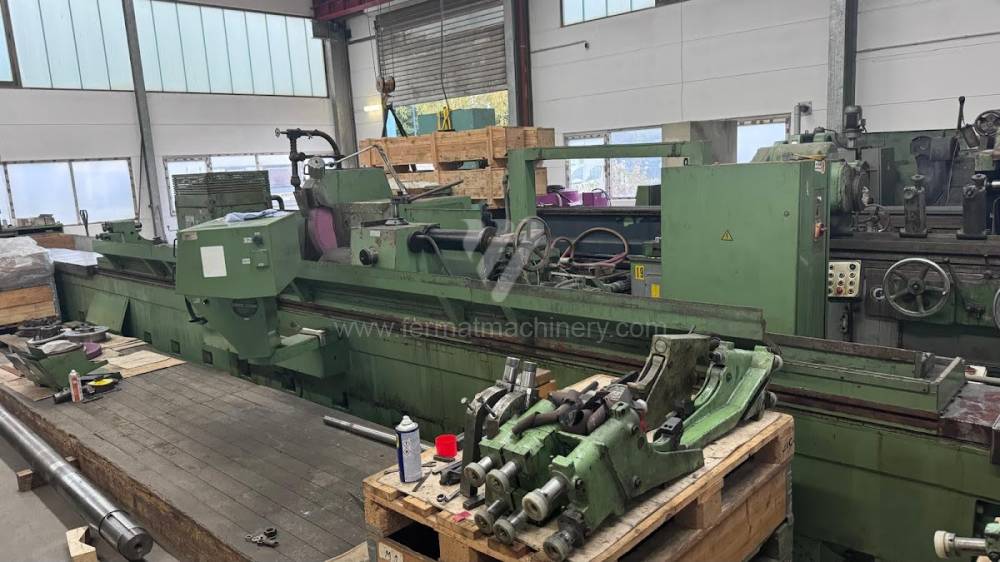
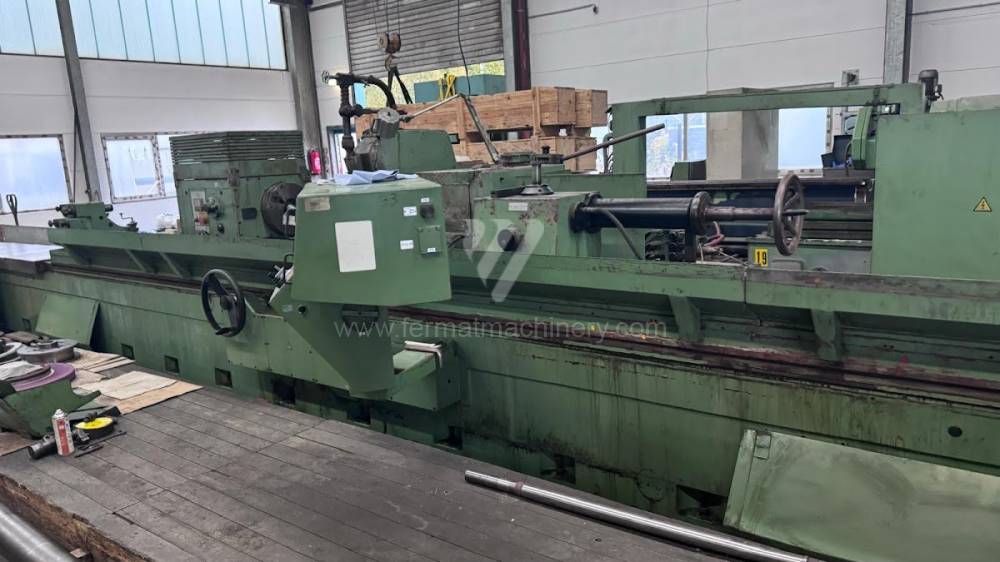
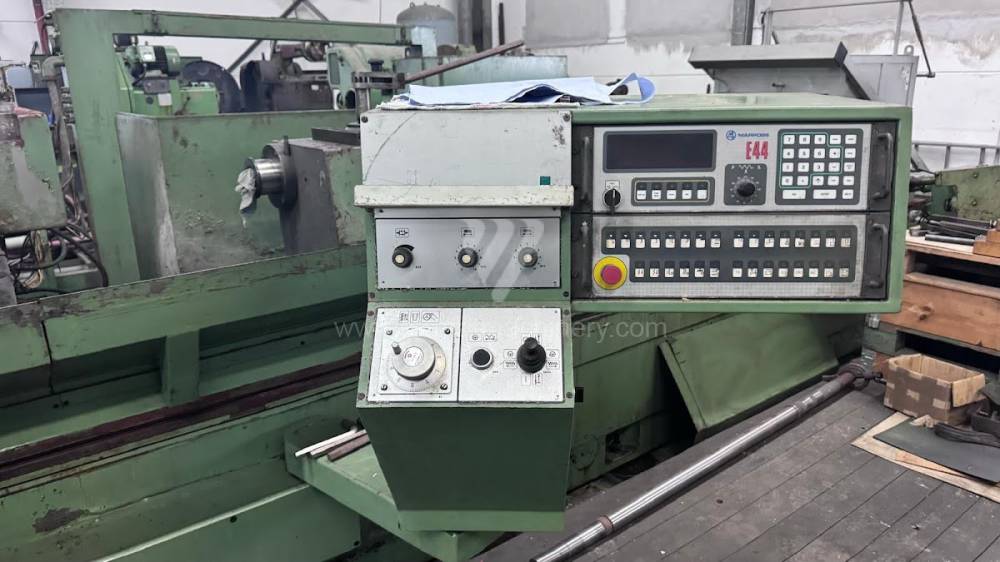
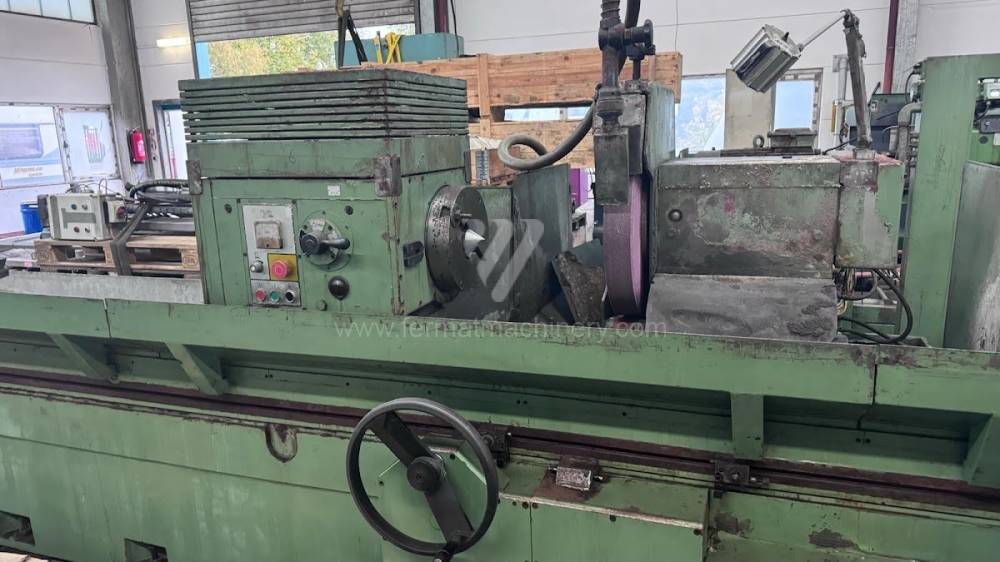
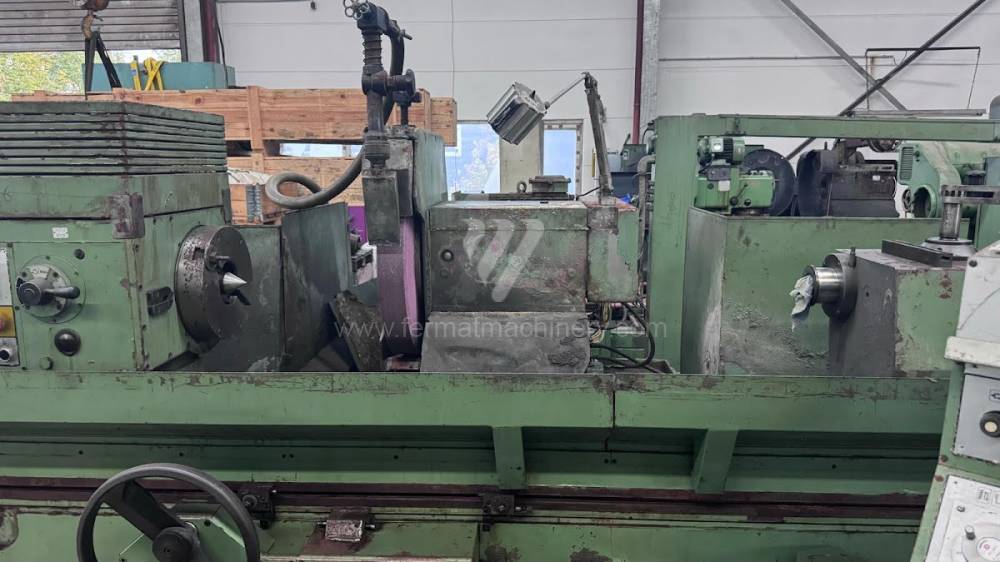


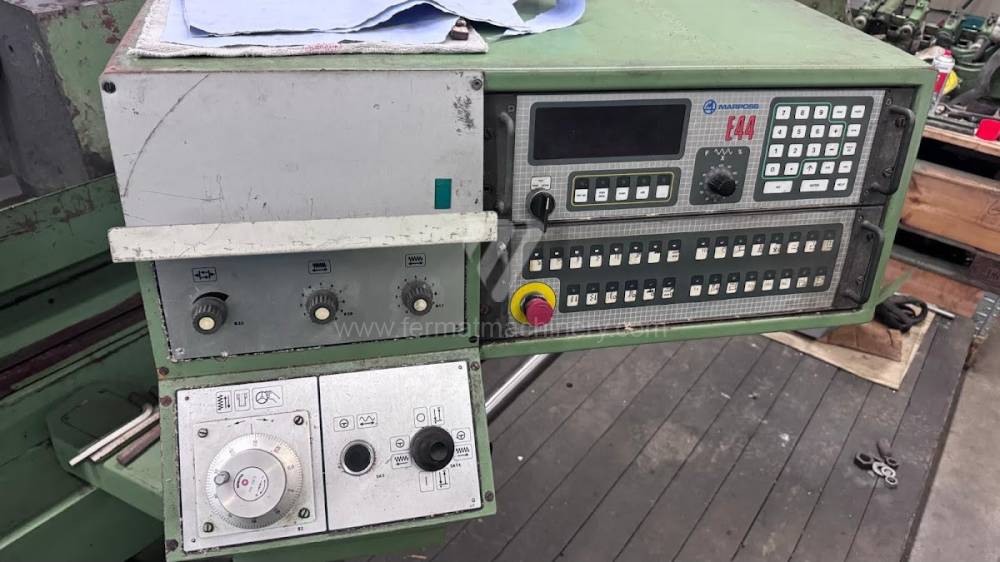
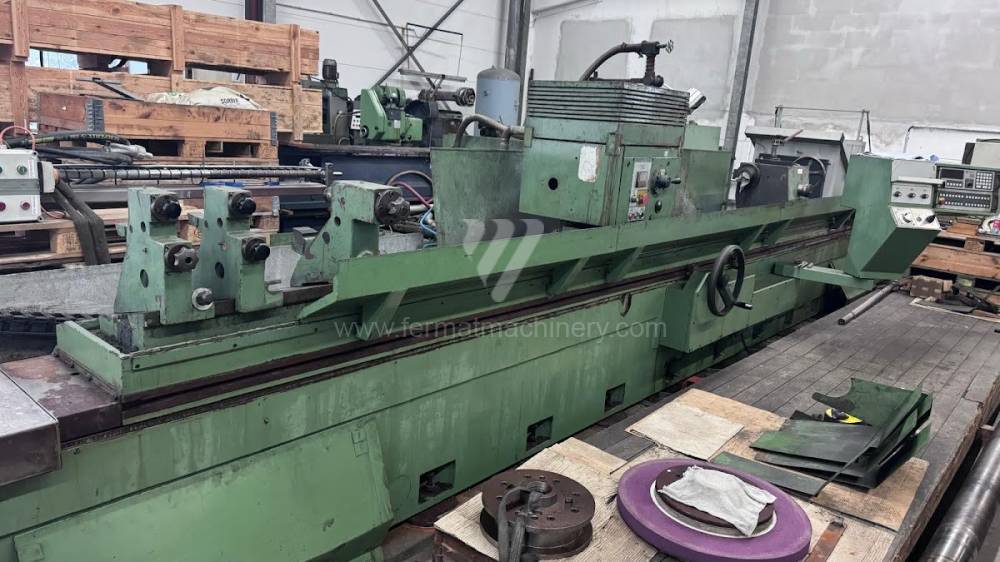
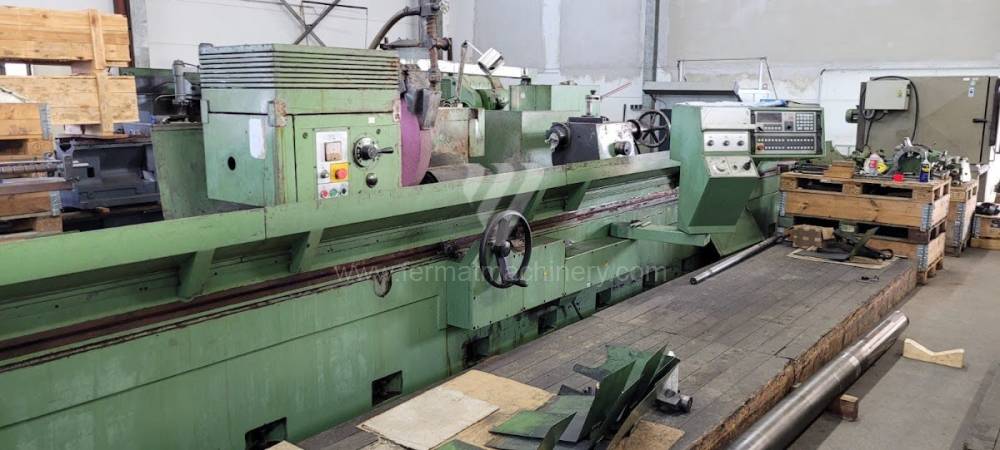
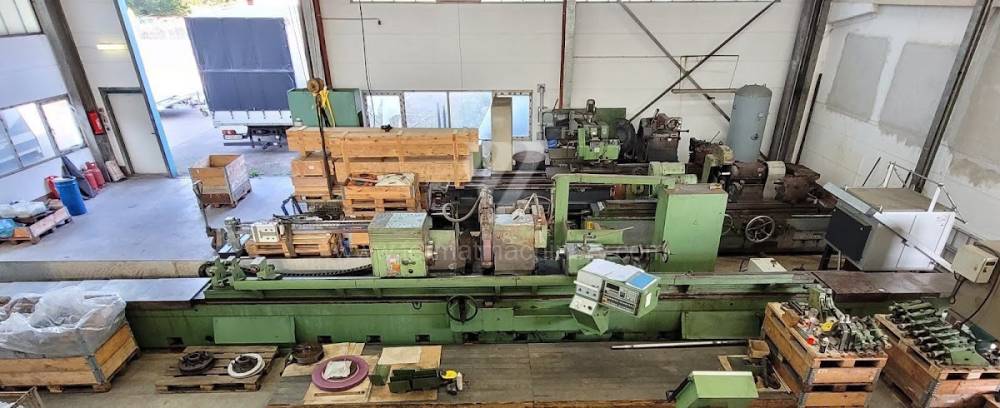
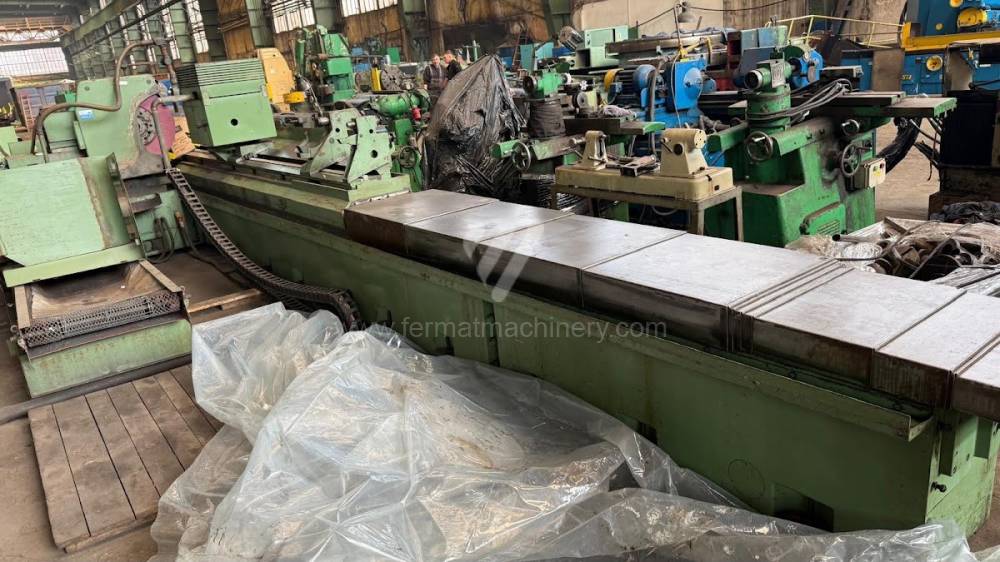
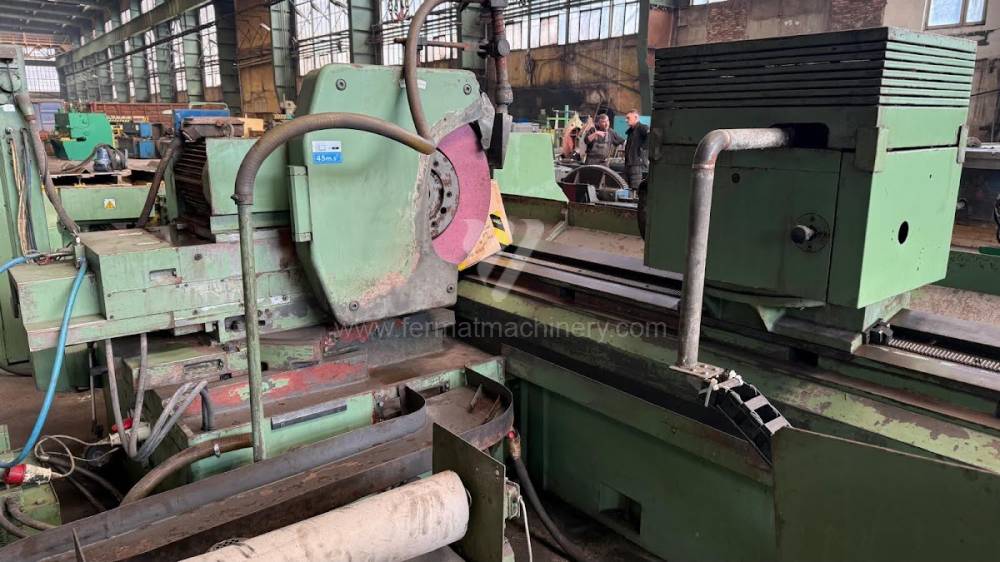
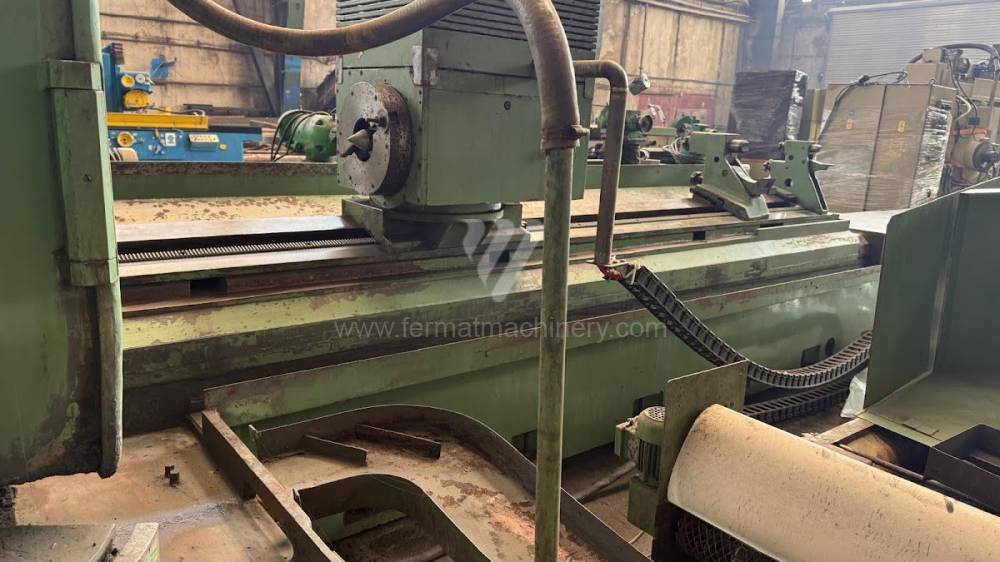
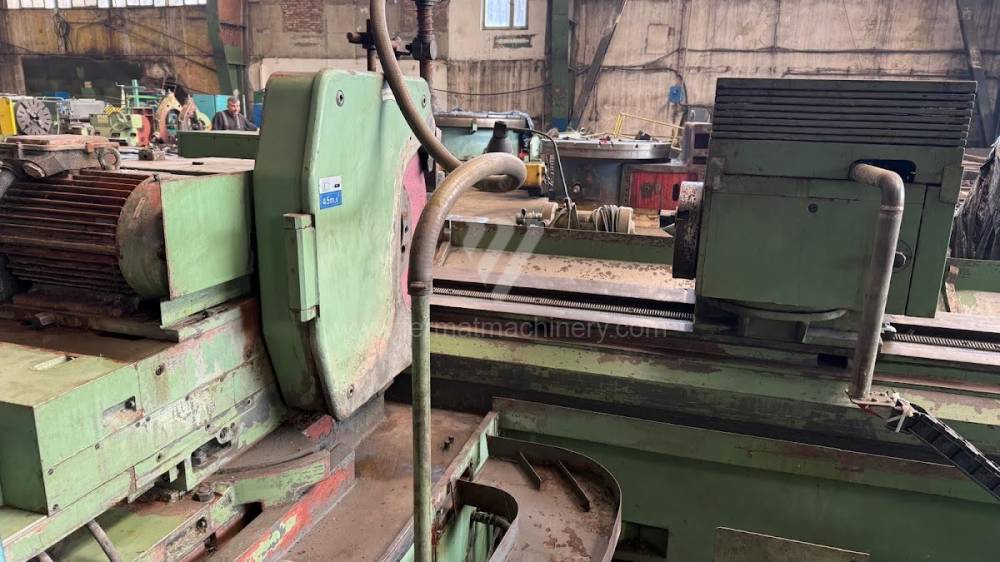

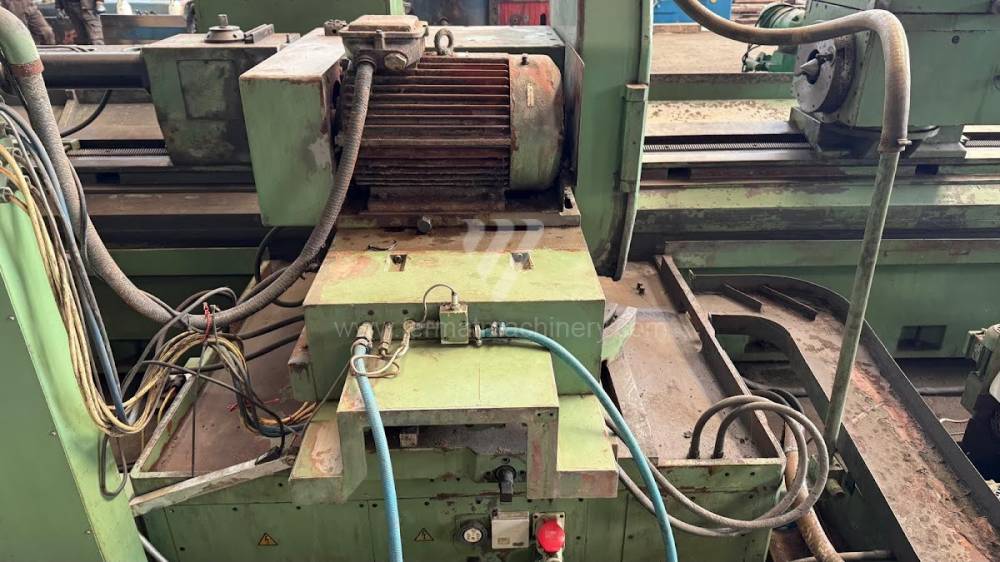
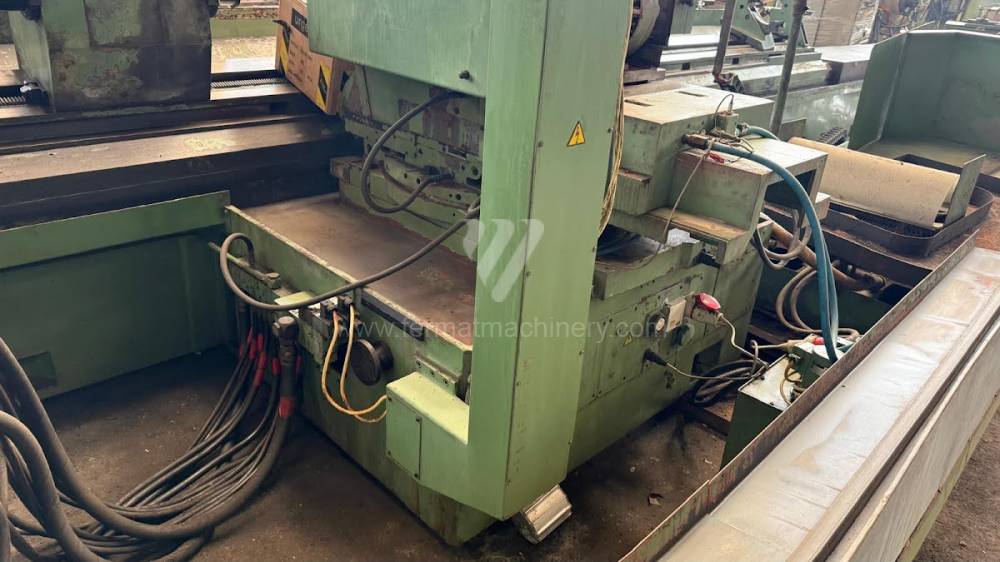
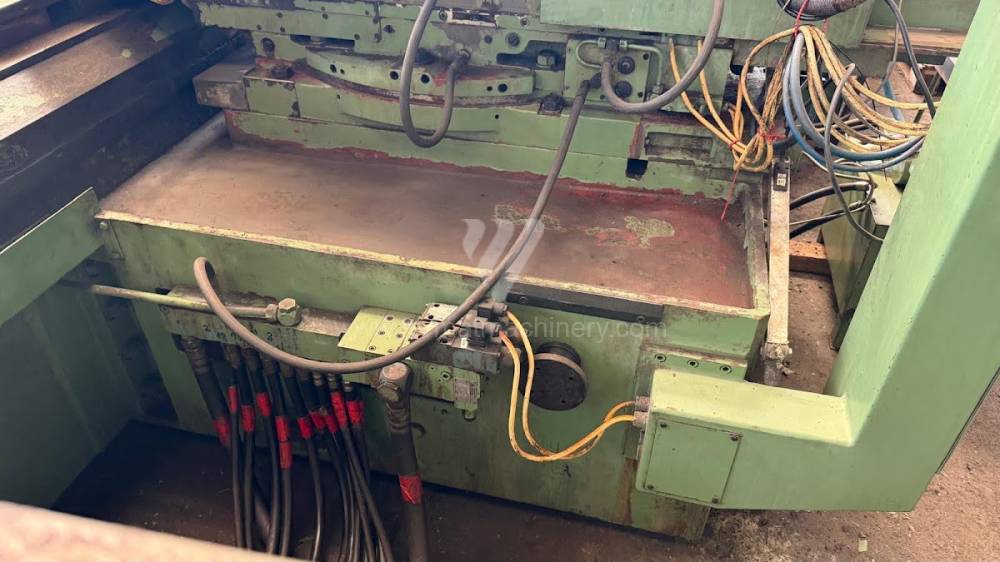
Anno di fabbricazione:1991
Sistema di controllo Marposs:
Diametro massimo di rettifica: 630 mm
Lungh. max. della rettifica: 6000 mm
Peso max. del pezzo lavorato: 3000 kg
: No
: MORSE 6
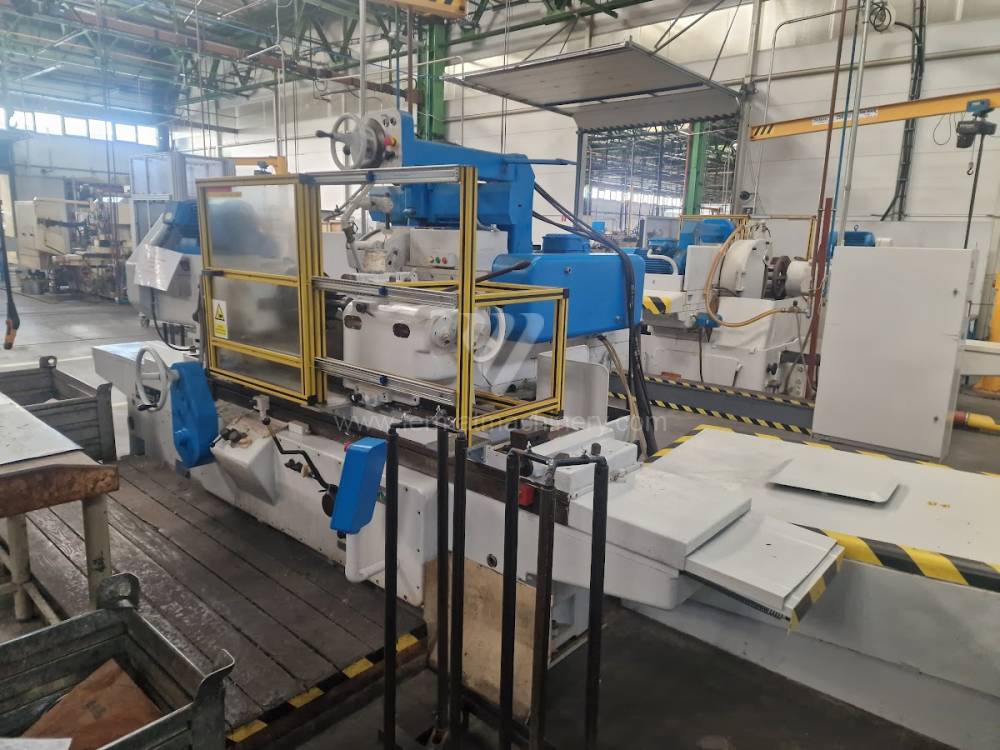
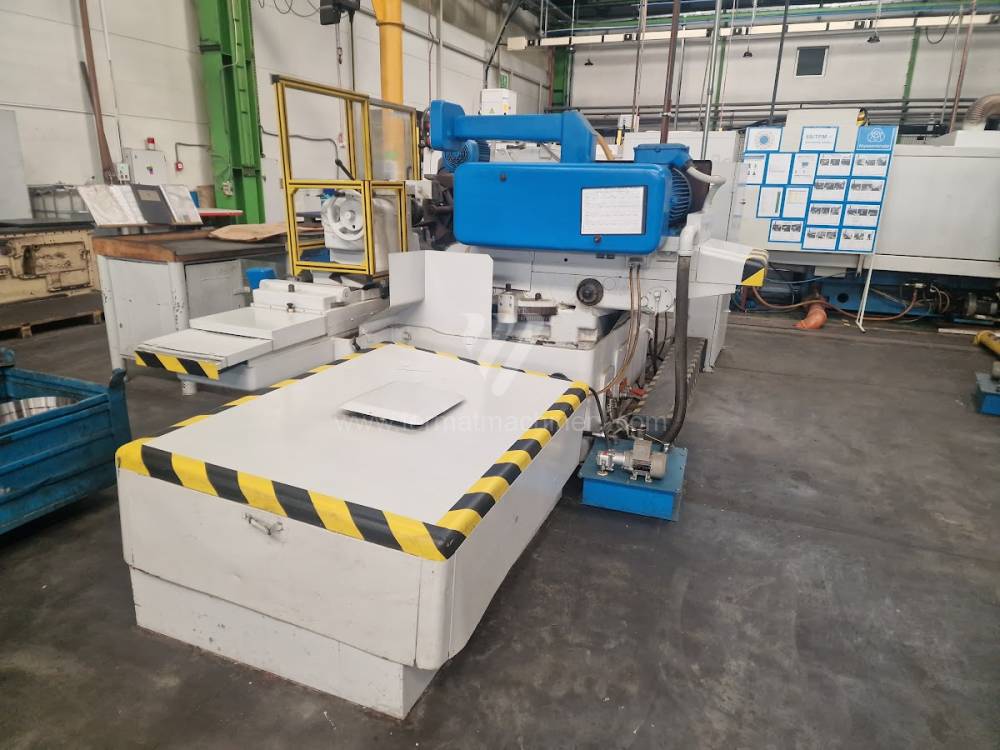
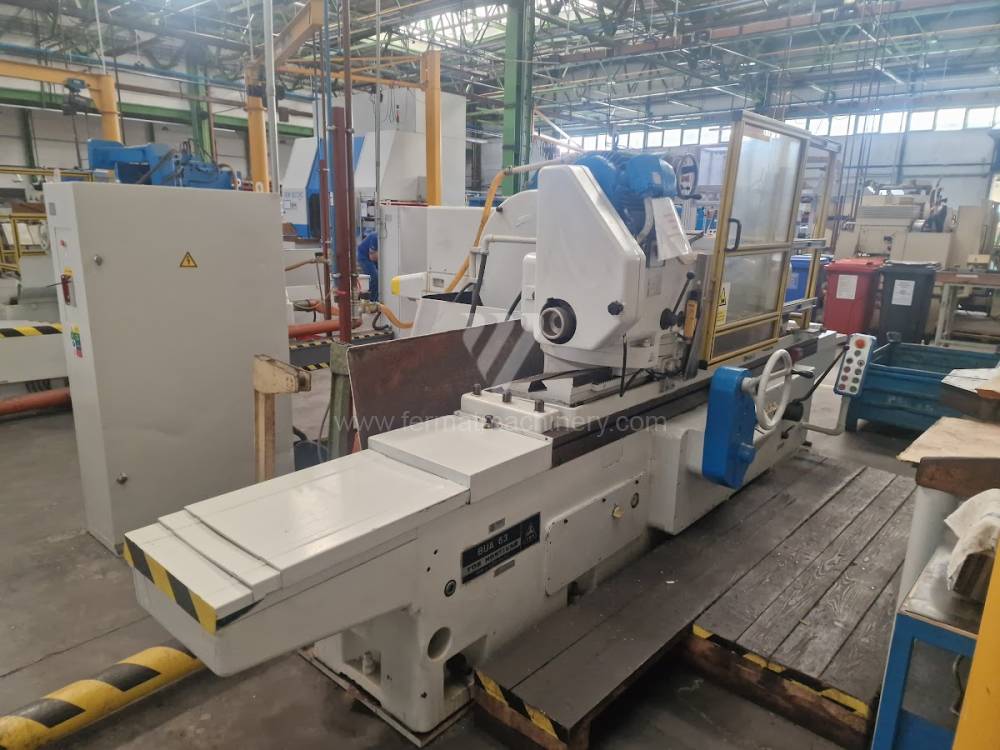
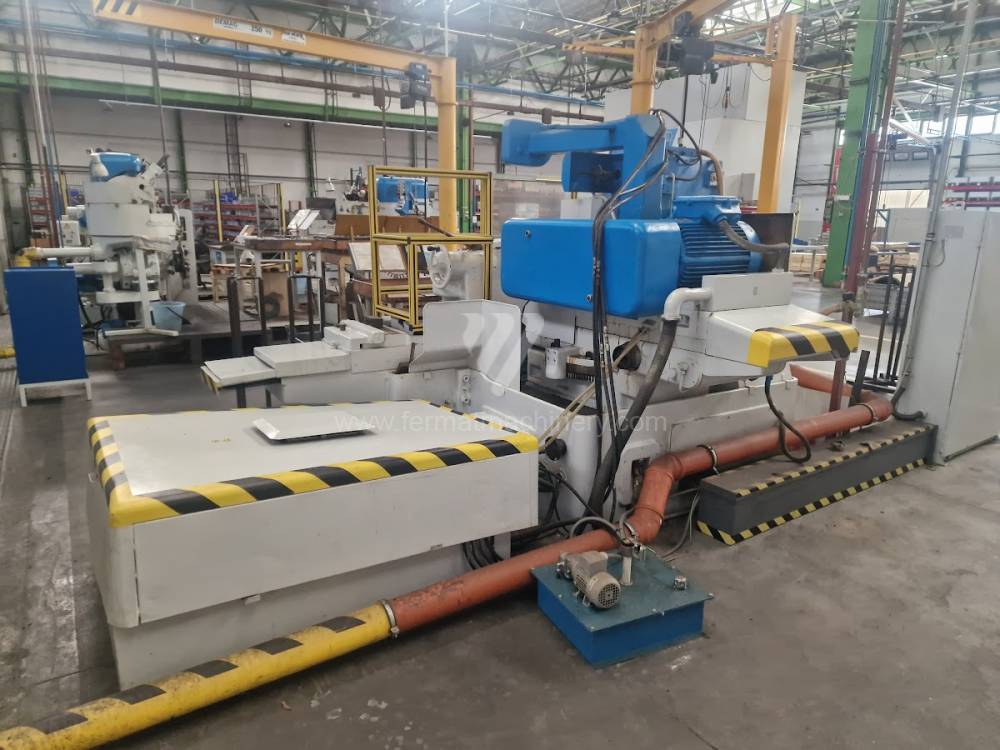
Anno di fabbricazione:1976
Diametro massimo di rettifica: 630 mm
Lungh. max. della rettifica: 1000 mm
Peso max. del pezzo lavorato: 900 kg
:
: MORSE 6
Diametro del mandrino: 315 mm
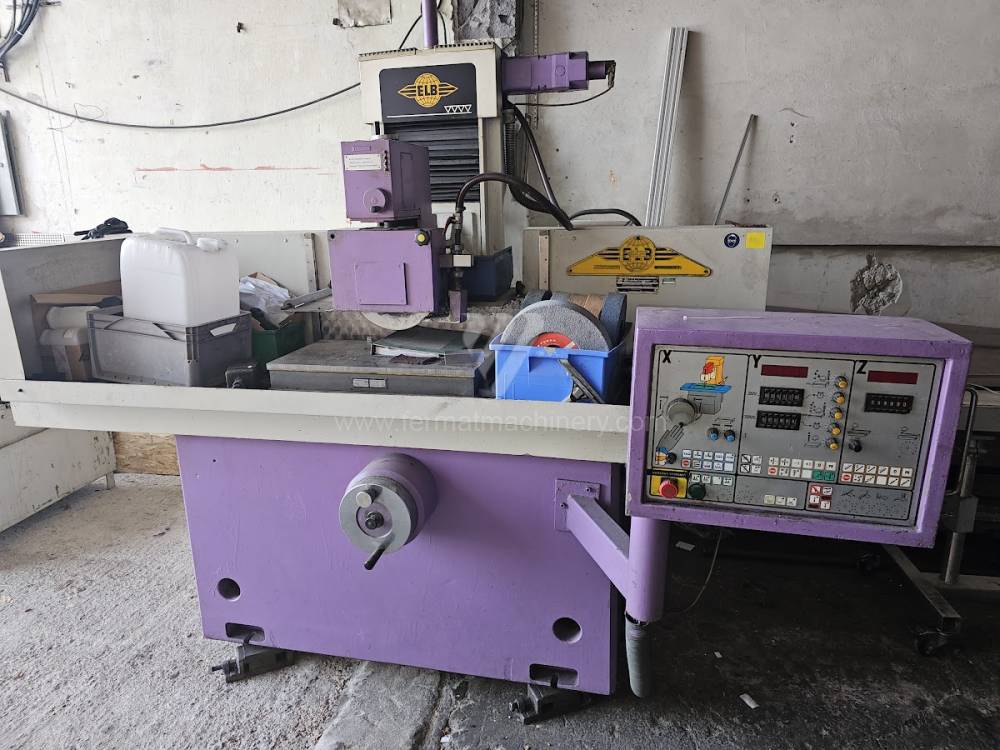
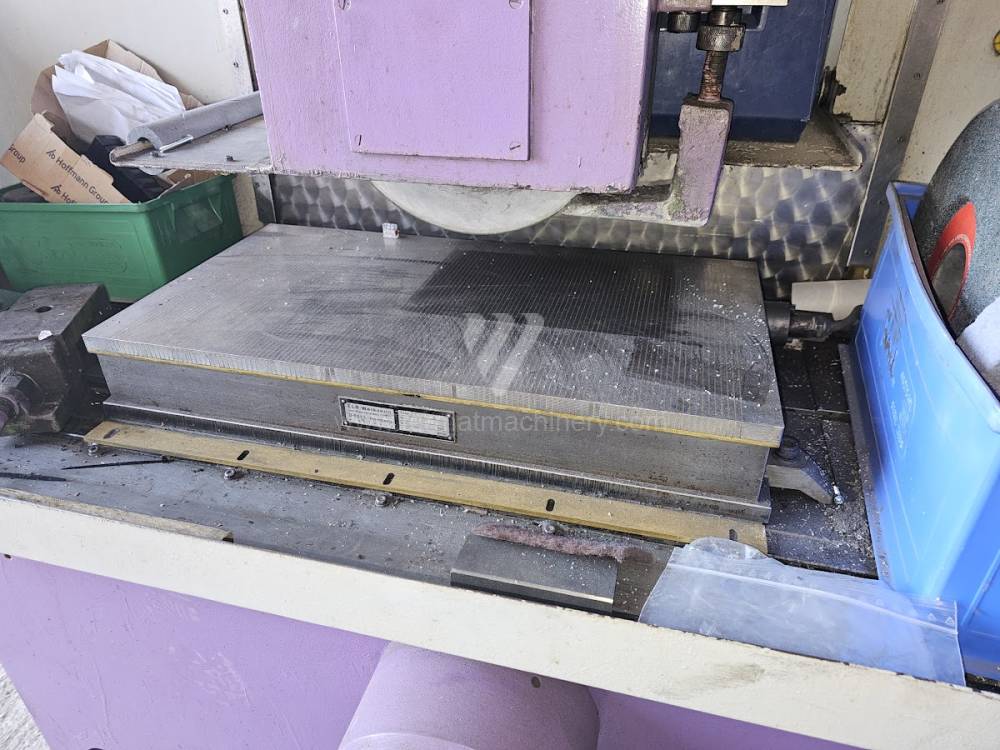
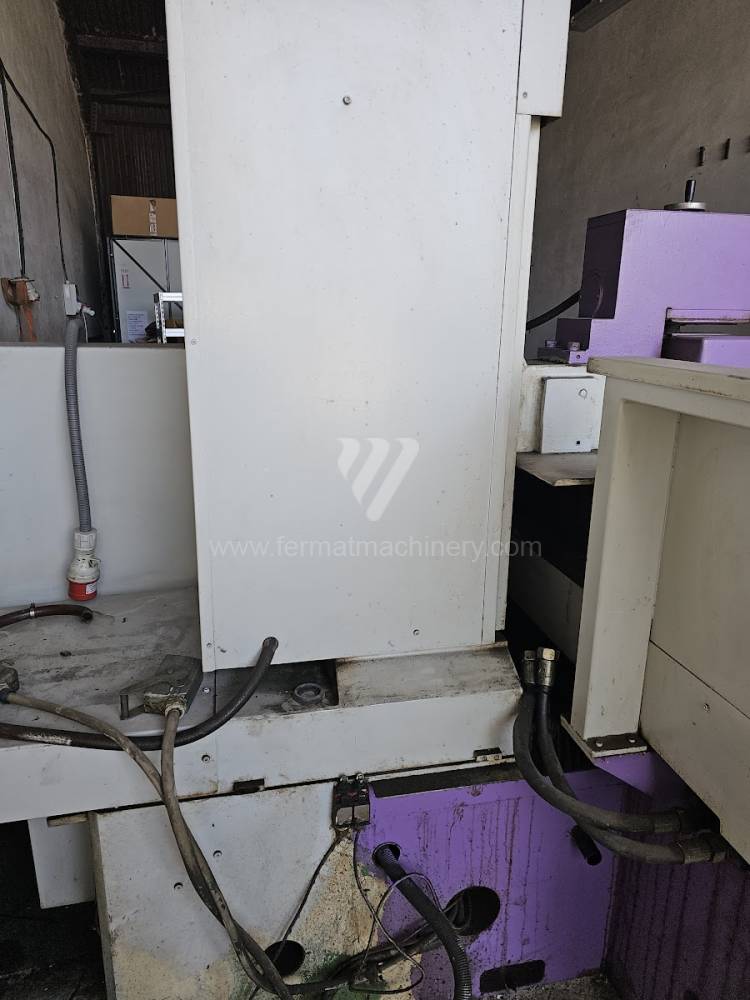
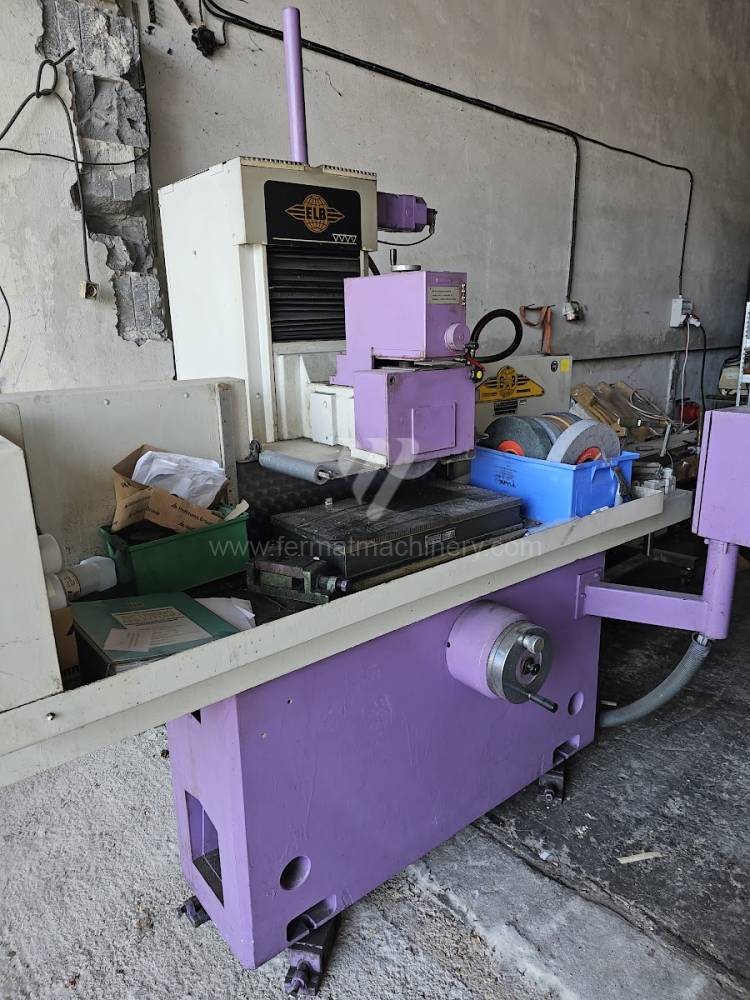
Lungh. max. della rettifica: 600 mm
Largh. max. della rettifica: 300 mm
Altezza max. del pezzo lavorato: mm
Alloggiamento mandrino mola: Horizontální
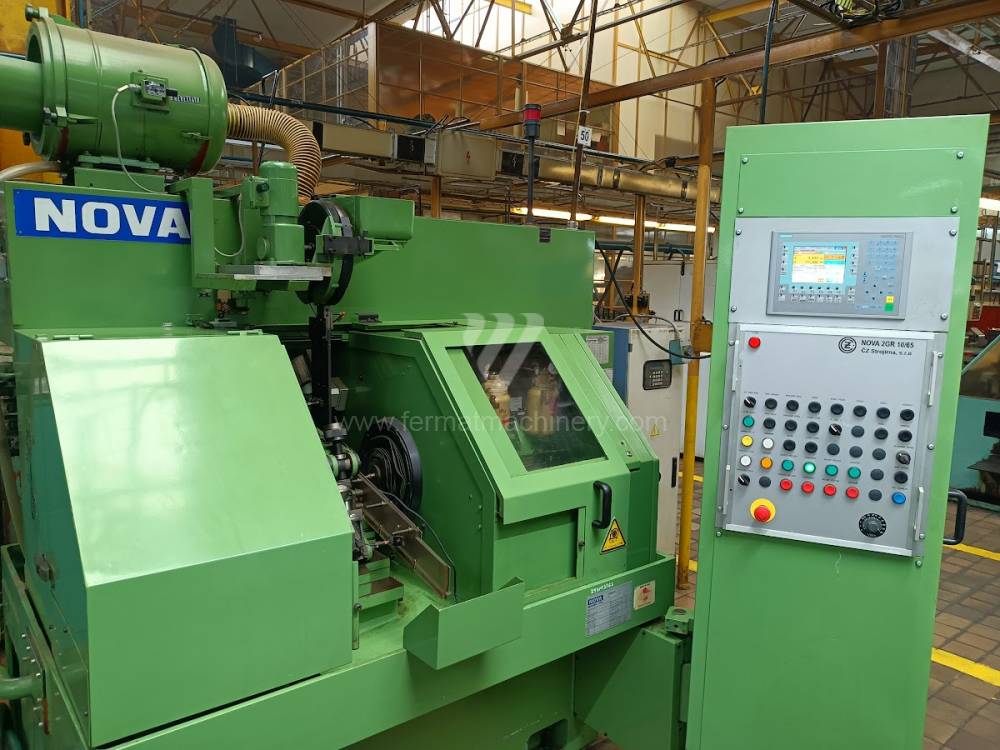

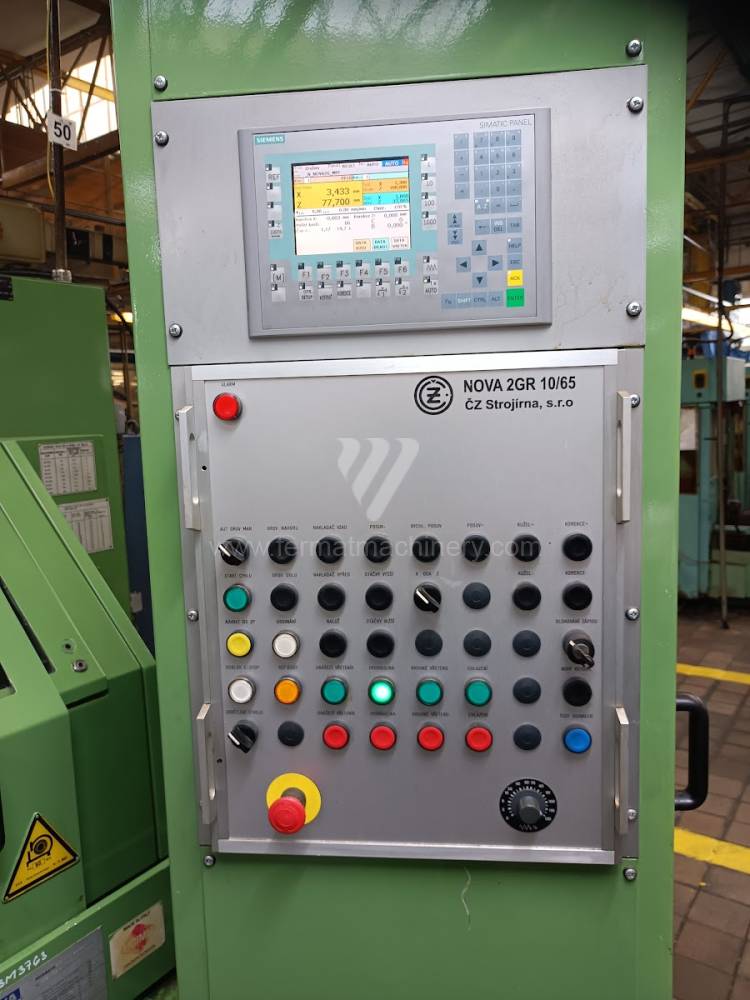
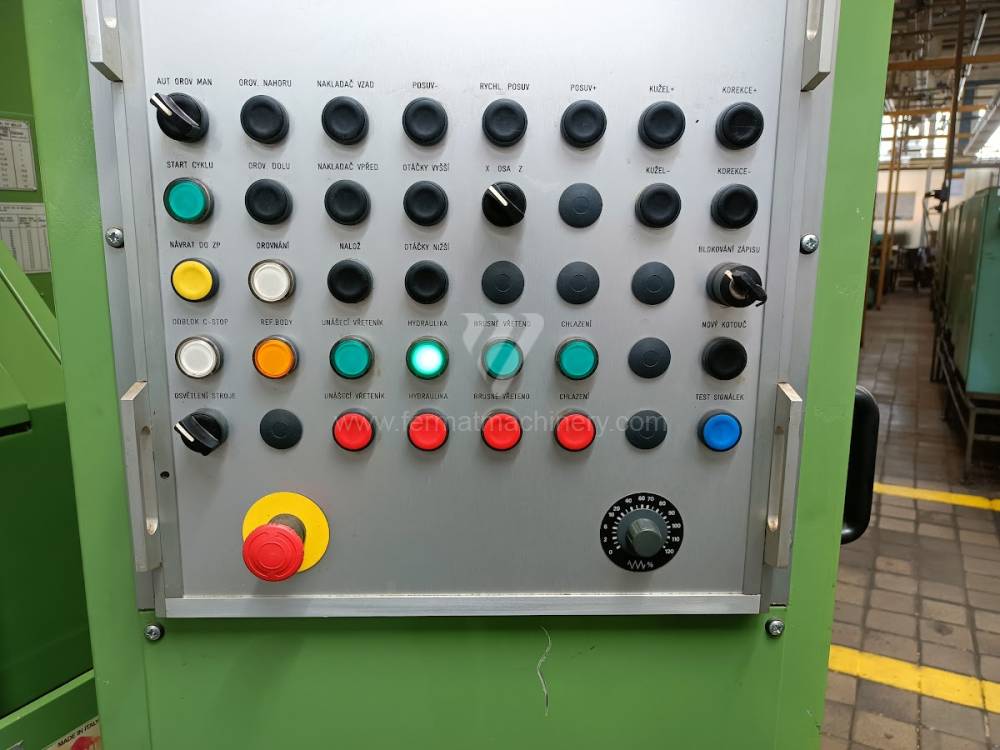
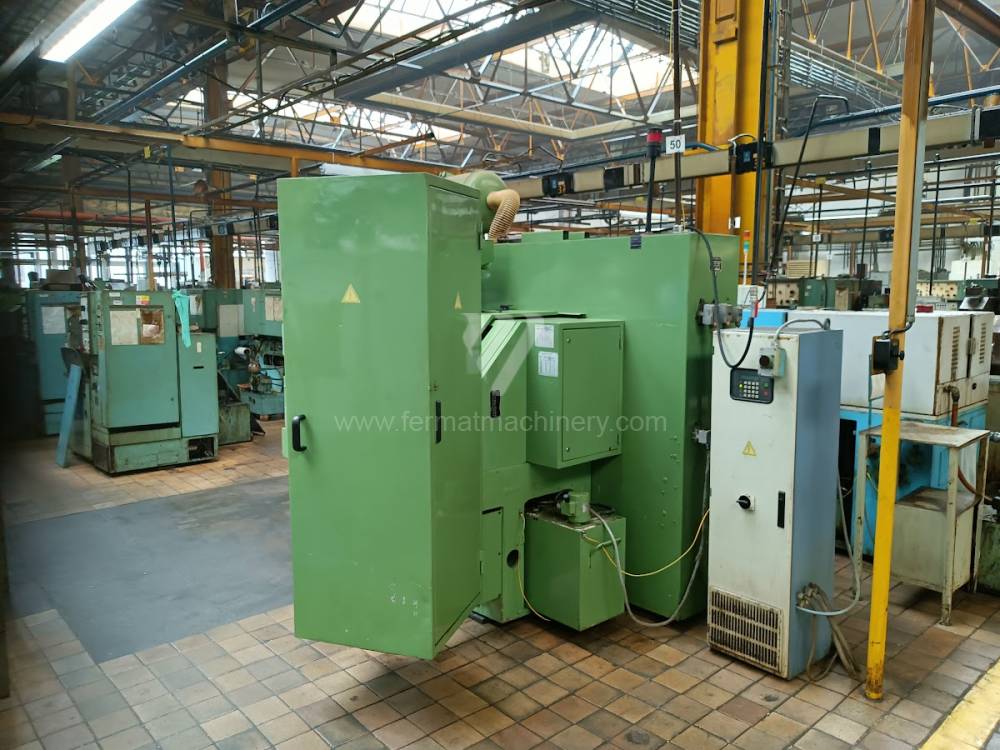
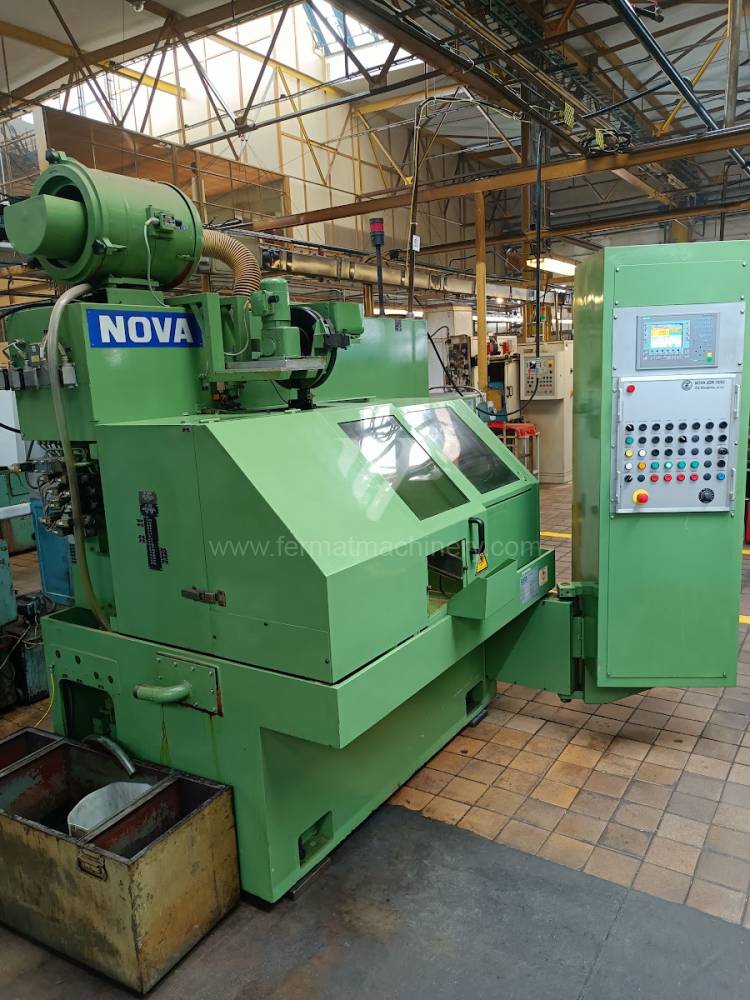

Anno di fabbricazione:1989
: Simatic S7-300
Diametro max. del pezzo lavorato: 65 mm
Diametro max. del foro a rettificare: 65 mm
Max. profondità di rettifica: 40 mm
: 10
Spostamento asse X: 40 mm


Anno di fabbricazione:1983
Diametro max. del pezzo lavorato: mm
Diametro max. del foro a rettificare: 10-250 mm
Max. profondità di rettifica: 400 mm
: 3150
Dimensioni lungh. x largh. x alt.: 2200 x 3250 x 1950 mm


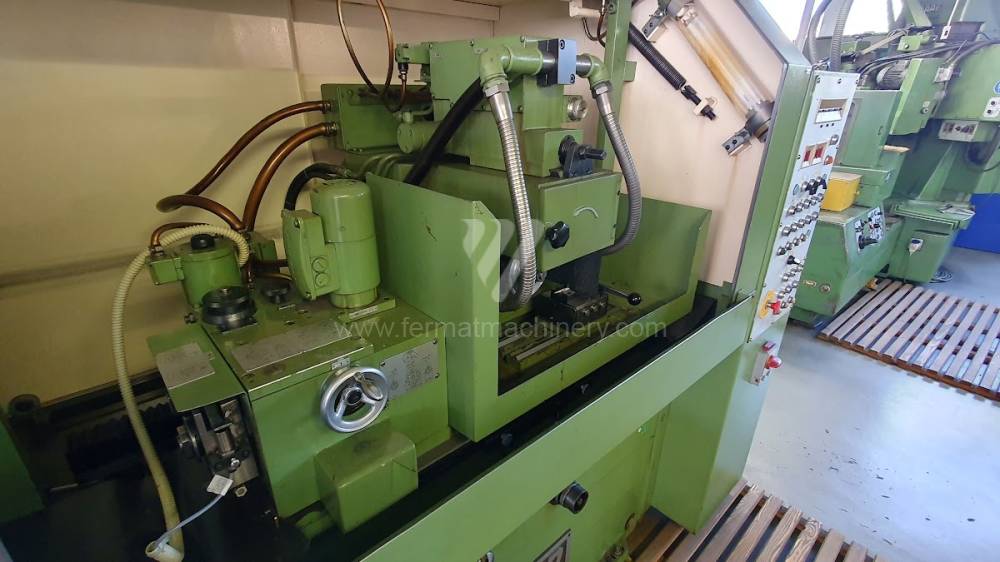


Anno di fabbricazione:1979
Diametro massimo di rettifica: 200 mm
Lungh. max. della rettifica: 315 mm
: 2000
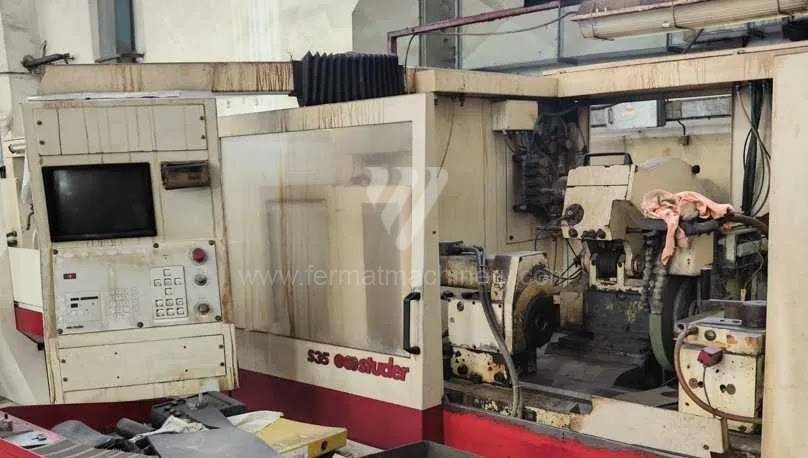
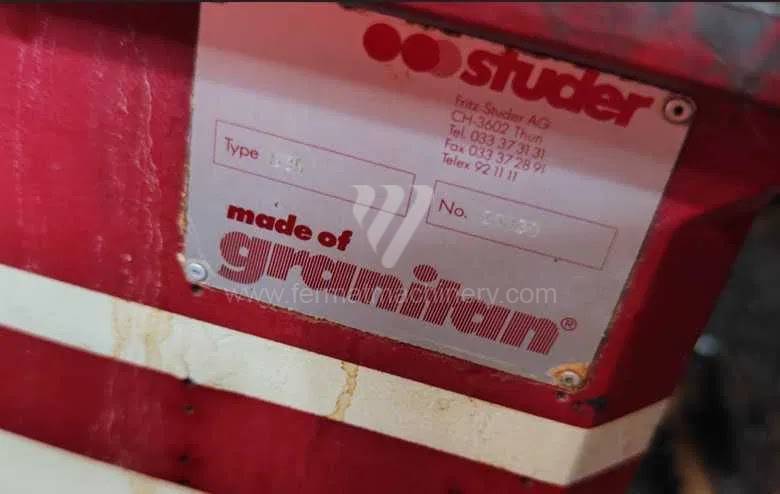
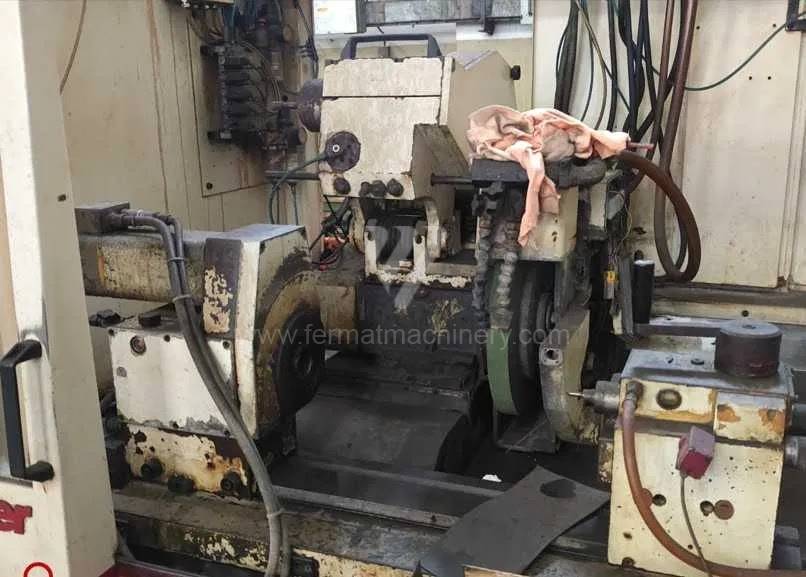
Sistema di controllo Studer: Fritz 42,5
Diametro massimo di rettifica: 350 mm
Lungh. max. della rettifica: 500 mm
Peso max. del pezzo lavorato: 130 kg
: No
Distanza tra i punti: 1016 mm

Anno di fabbricazione:1988
Diametro massimo di rettifica: 160 mm
Lungh. max. della rettifica: 320 mm
Peso max. del pezzo lavorato: 25 kg
: No
: Morse 3
: 0 - 2812















Anno di fabbricazione:1996
Diametro massimo di rettifica: 400 mm
Lungh. max. della rettifica: 1000 mm
Peso max. del pezzo lavorato: 350 kg
: Sì
Potenza del motore elettrico principale: 16 kW
Dimensioni lungh. x largh. x alt.: 5000x1990x1760 mm
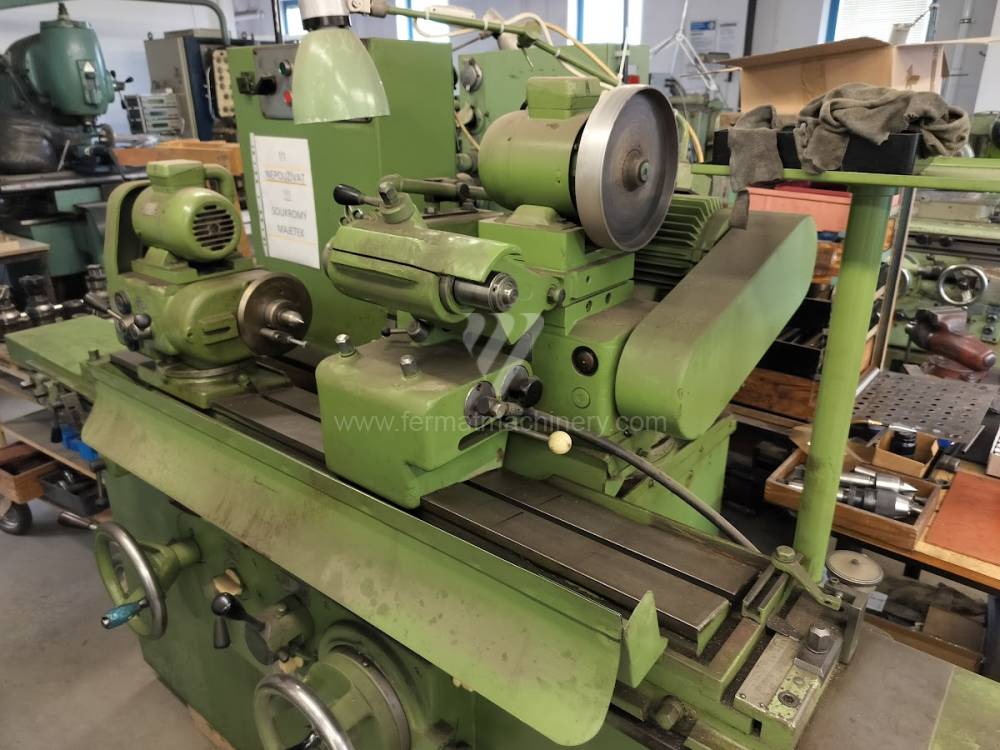


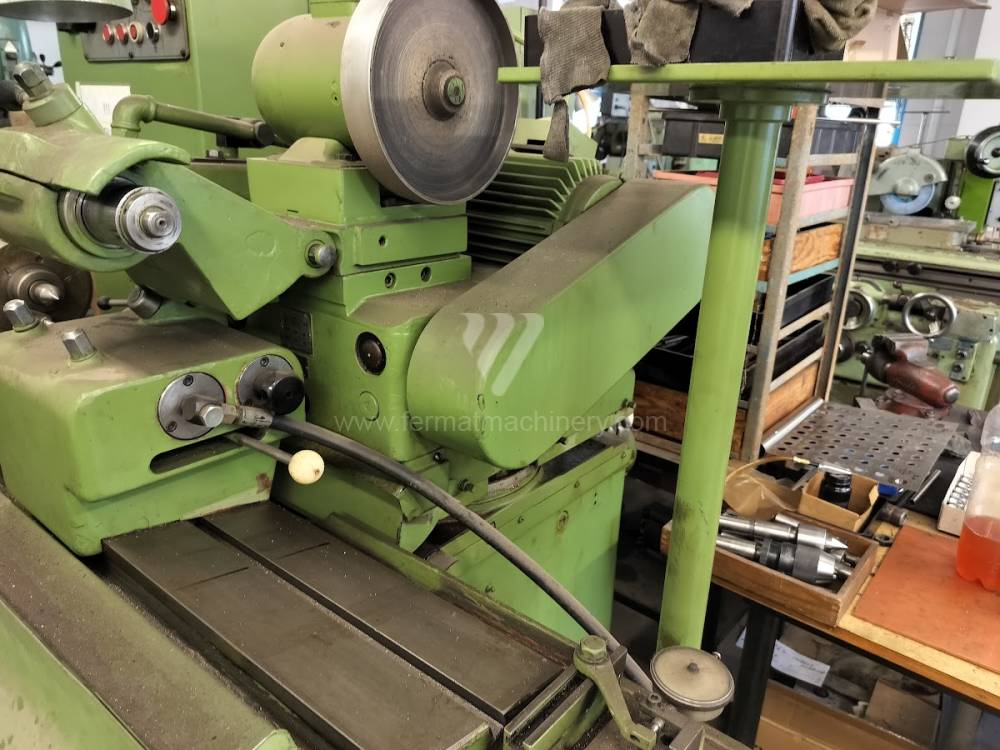

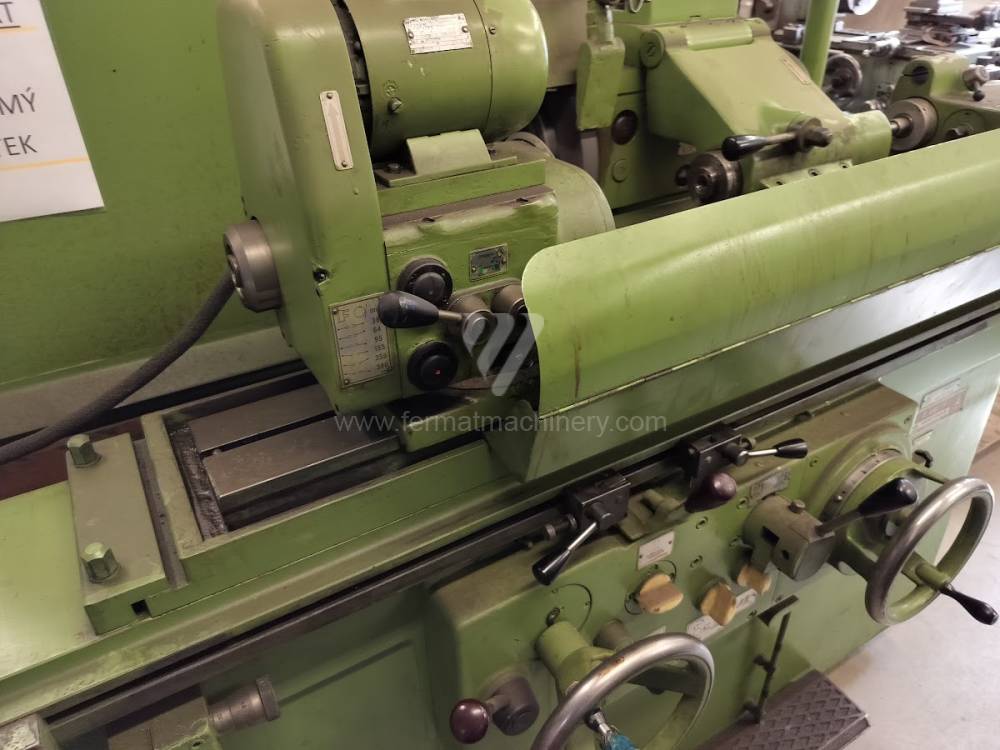
Diametro max. del pezzo lavorato: 290 mm
Diametro max. del foro a rettificare: 127 mm
Max. profondità di rettifica: mm
: 2250
Grinding is a technology of precision chip machining. Nowadays, it is possible to reach precision in order of tenths of micrometers and surface roughness of up to 0,2 micrometer. Grinders are thus indispensable in the machinery industry and form an important part of the production process. In general, grinding is a technology that works on the principle of the material removal from the surface layer of the workpiece with fine grains of abrasive material, which are most often bonded to the grinding wheel.
Among the cylindrical grinders we differentiate grinders with centers and without centers. These machines are used for grinding internal and external rotating surfaces.
In case of center grinders the workpiece is usually clamped between centers and rotation is realized using a driver, which is fixed to the surface of the workpiece and tied to headstock. In most cases the workpiece rotates against the direction of rotation of the grinding wheel. Most common models from producer TOS we can mention:
Grinding is realized using the rotation of the grinding wheel, which grinds the surface of the workpiece as it rotates. Most popular producers of such grinders are: FERMAT, TOS, STUDER, DANOBAT, KELLENBERGER, ERWIN JUNKER, SCHAUDT.
Centerless grinders are also intended for grinding rotary surfaces. The clamping of the workpiece on the machine is different. It is supported with support ruler and the workpiece is placed between two discs – abrasive and drifting. The grinding wheel usually spins faster and does the grinding itself. The drive disc is most often made of flexible material (for example rubber) and ensures sufficient pressure.
A special category of grinders are grinders used for grinding of internal rotating surfaces. They works similarly to center grinders. However, the workpiece is just clamped on one side in the chuck or collet so that the hole can be ground from the other side.